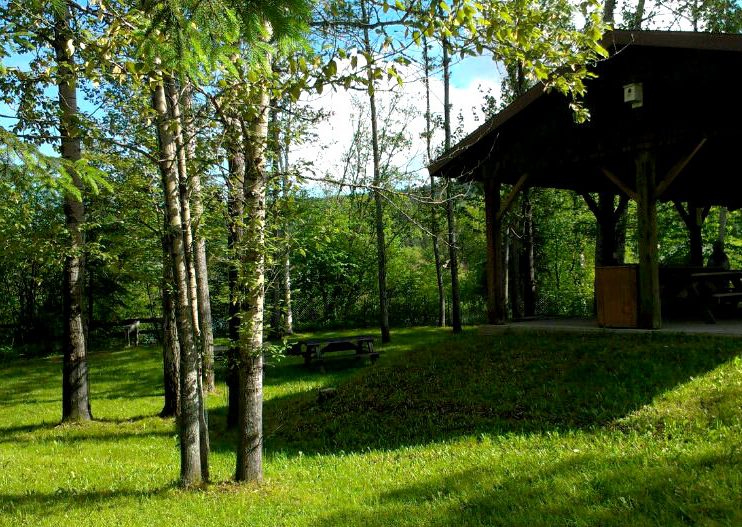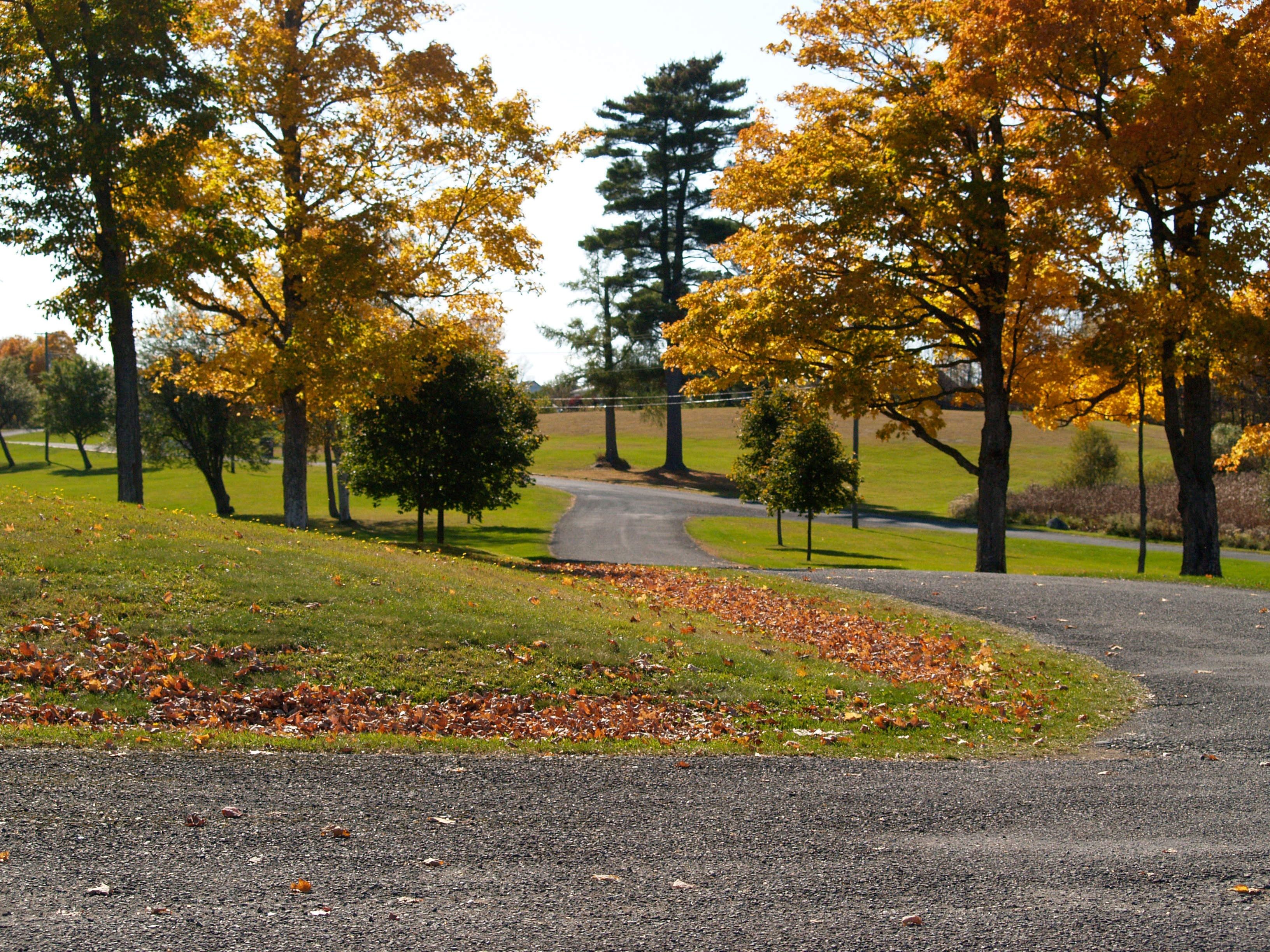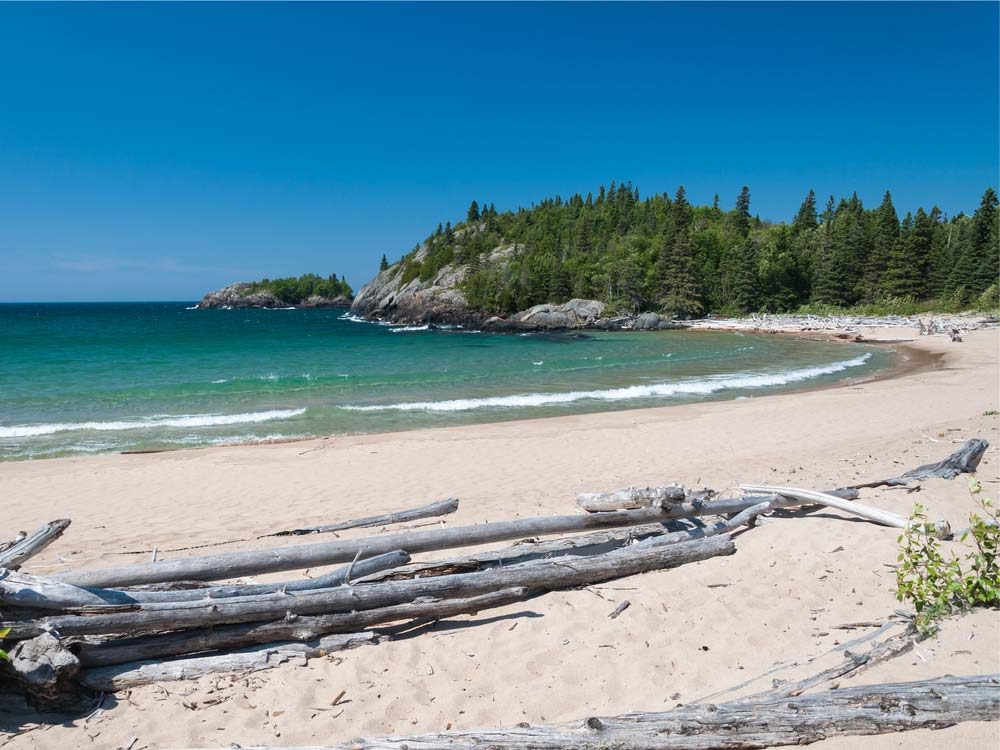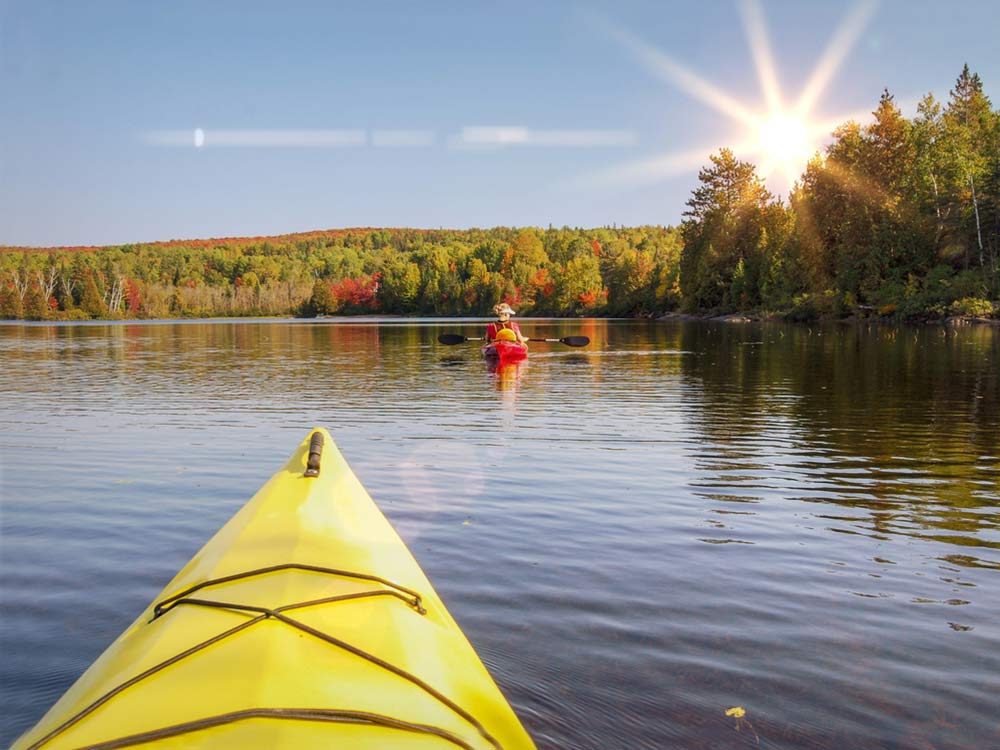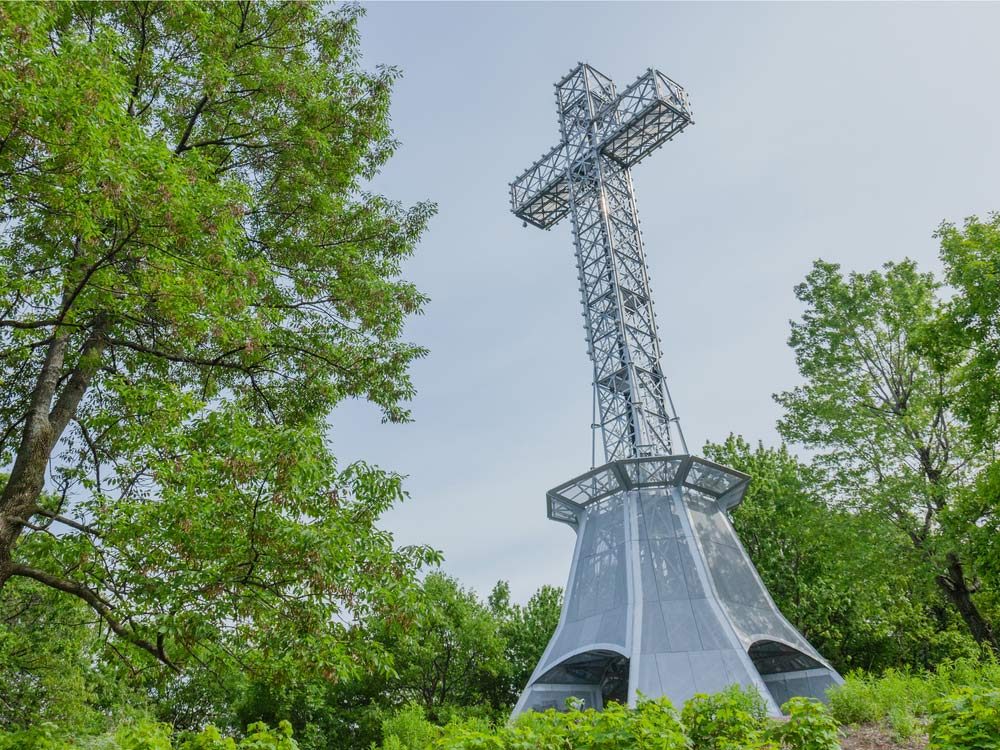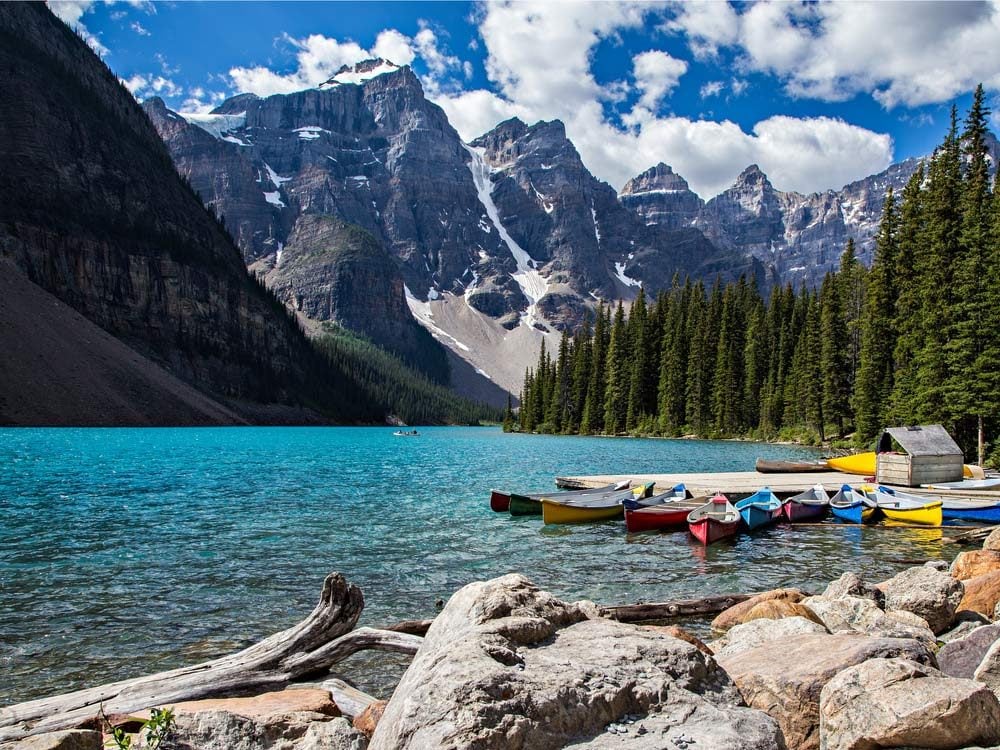
Banff National Park, Alberta
The country’s oldest national park offers a spectacular array of outdoor escapes, from mountain glaciers to bubbling hot springs.
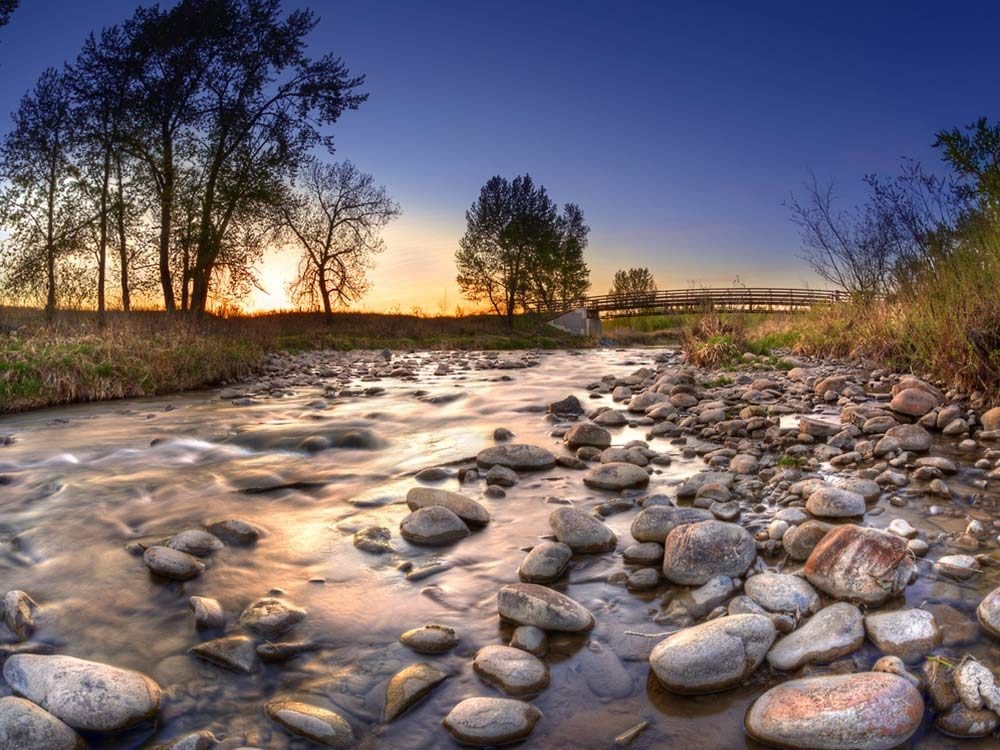
Fish Creek Park, Alberta
One of the largest urban parks in North America, Calgary’s Fish Creek is three times the size of Vancouver’s Stanley Park.
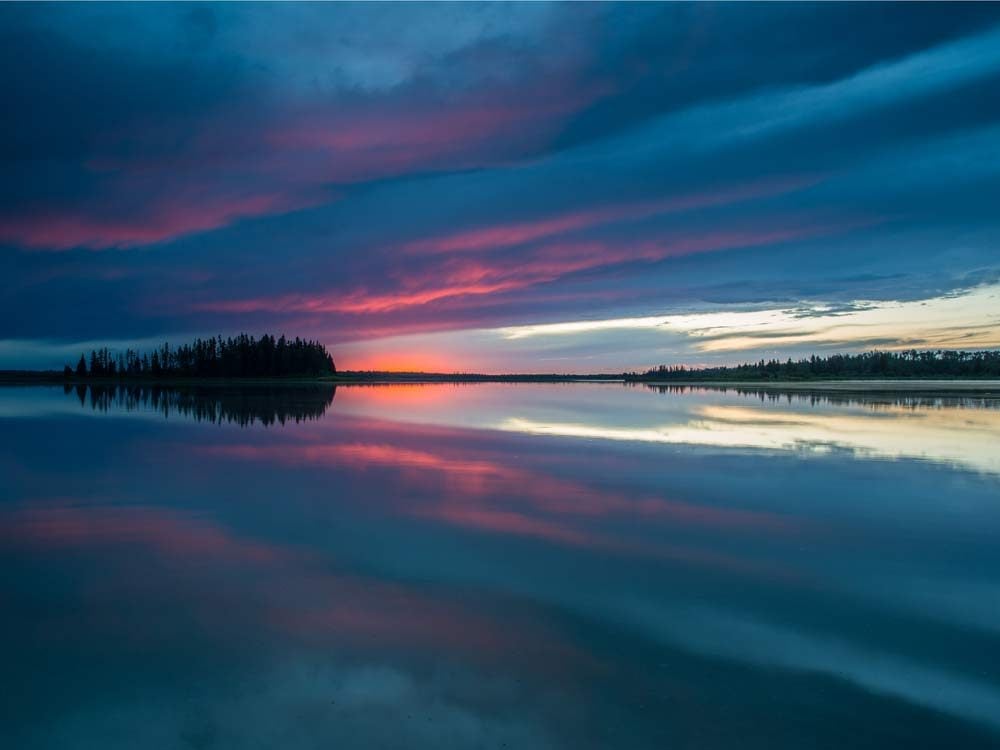
Elk Island National Park, Alberta
Located less than an hour outside of Edmonton, this refuge of meadows, bogs and lakes is the only national park surrounded by a fence.
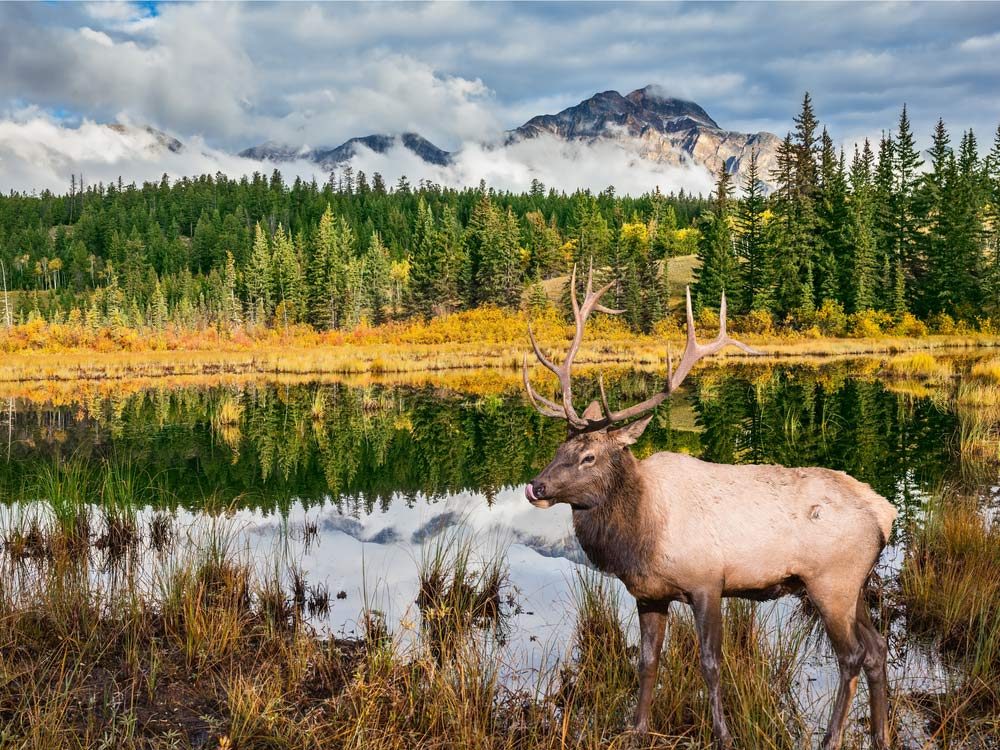
Jasper National Park, Alberta
Not only does this park showcase picturesque views of the Rockies, at night a whole different universe comes to life. The Royal Astronomical Society of Canada has officially designated Jasper National Park as a Dark Sky Preserve, one of the world’s largest.
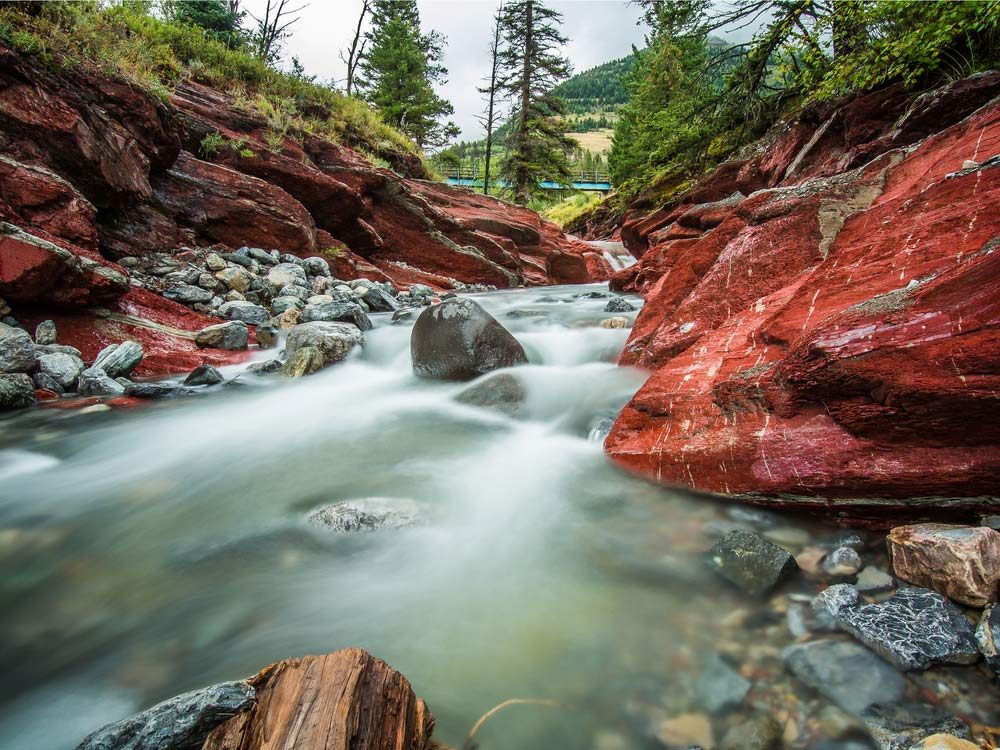
Waterton Lakes National Park, Alberta
Prairie, coastal and mountain ecological all thrive in this diverse park range. The distinct landscape means it’s also home to many animals, including more than 60 species of mammals, over 250 types of birds, 24 kinds of fish, and 10 reptiles and amphibians.
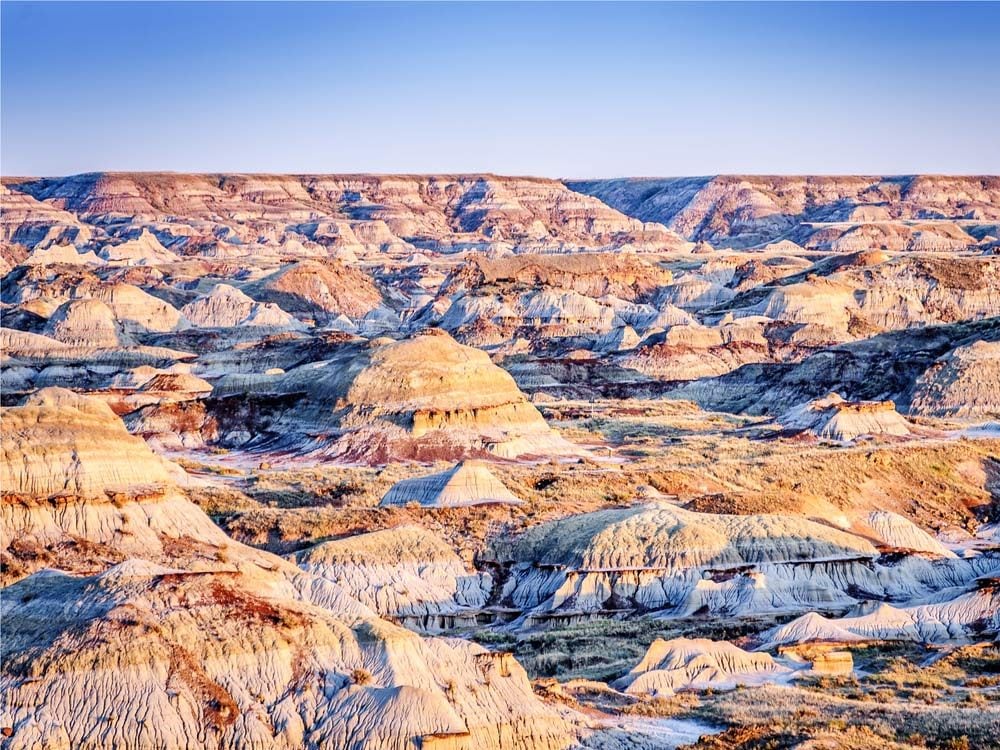
Dinosaur Provincial Park, Alberta
This UNESCO heritage site is known to be one of the richest regions for fossils in the world. Forty dinosaur species have been discovered here.
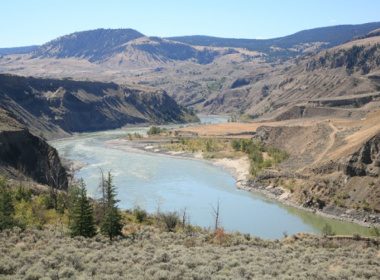
Churn Creek Provincial Park, Alberta
This park is one of the only areas in BC that preserves the rare bunchgrass grassland ecosystem. Some of the creatures that live here include mule deer, bighorn sheep, lynx, bobcats and black bears.
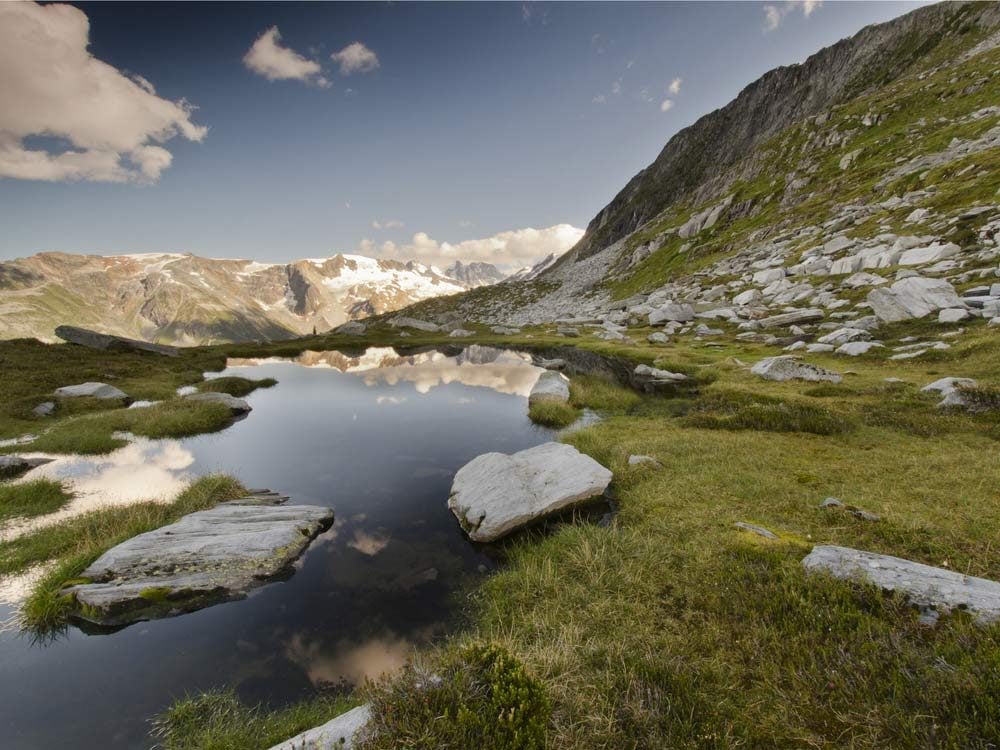
Glacier National Park, British Columbia
As home to one of the country’s largest cave systems, it has over 5.9 km of passages that have been explored and mapped to date.
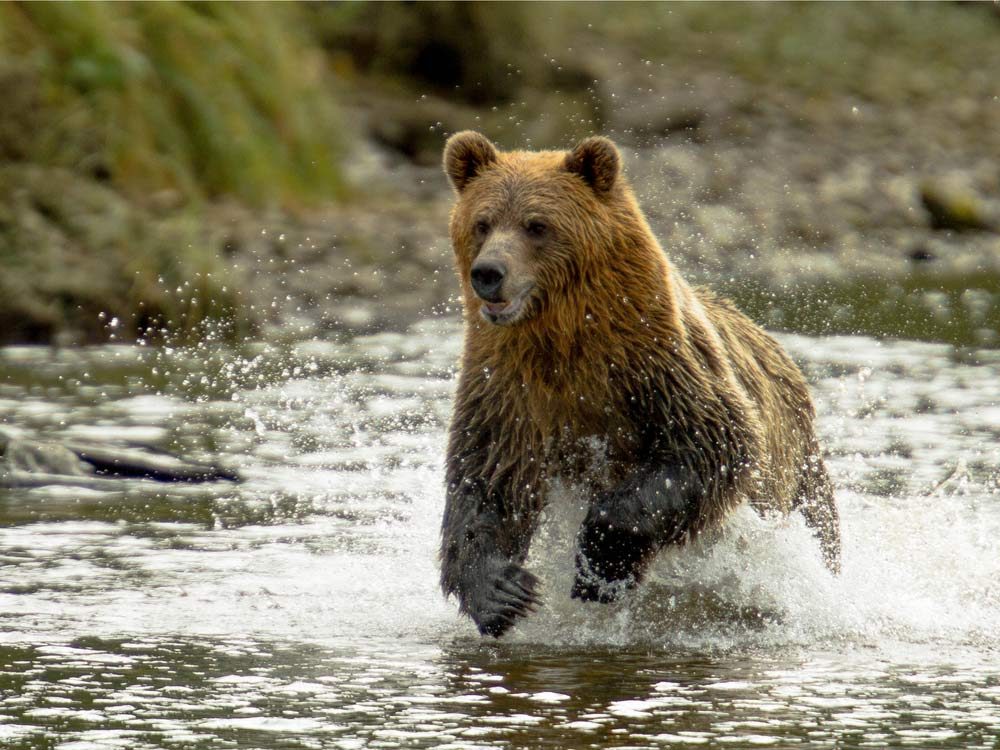
Khutzeymateen Grizzly Bear Sanctuary, British Columbia
Although it’s considered a provincial park, Khutzeymateen is also known as a protected space for the region’s grizzly bear population.
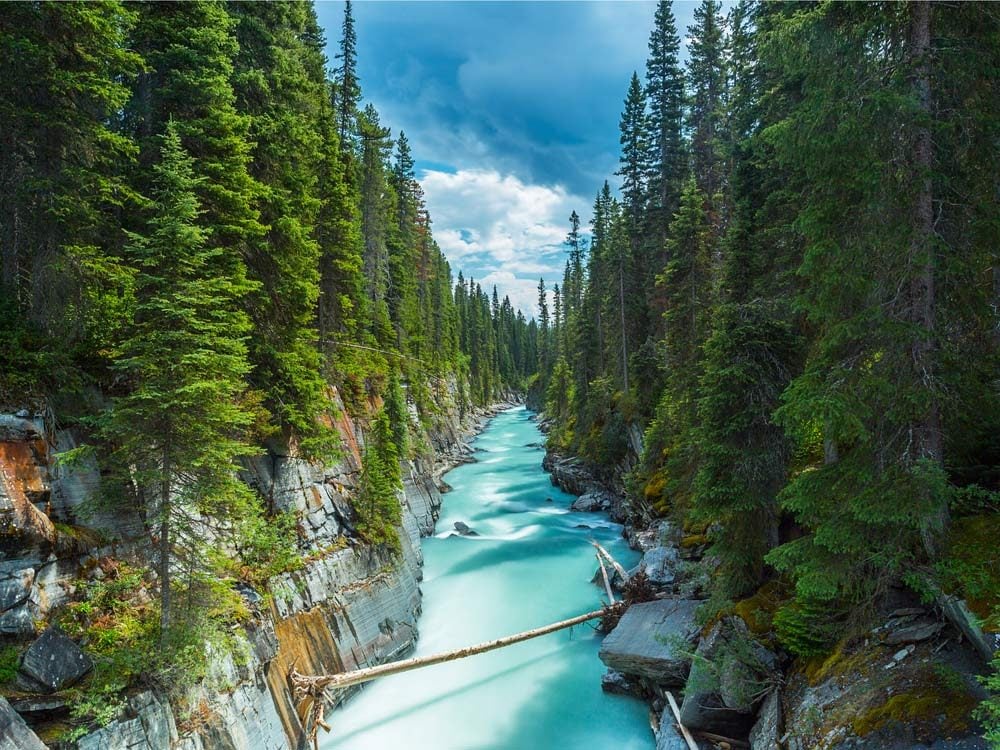
Kootenay National Park, British Columbia
Here’s a park, which makes up the southwestern region of the Rockies, where you’re just as likely to find a cactus, as you are a glacier.
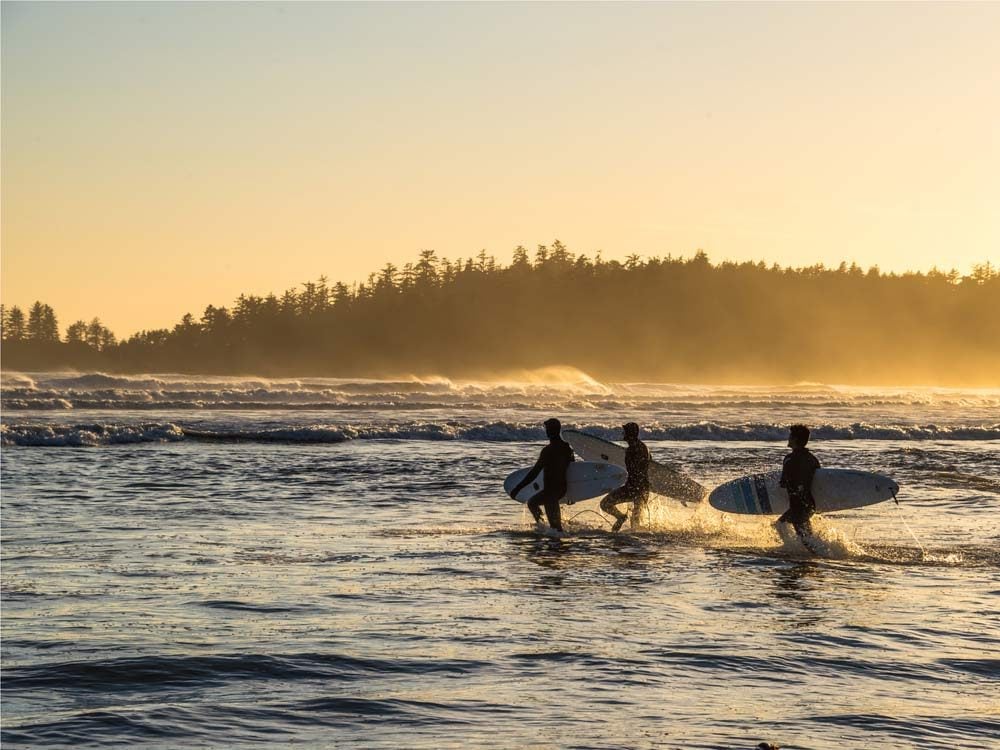
Pacific Rim National Park Reserve, British Columbia
Three separate geographically unique units coexist in this park: The Long Beach unit, which is made up of a sandy beach, The Broken Group Islands Unit, an archipelago of more than one hundred islands, and The West Coast Trail Unit, a 75 km backpacking paradise.
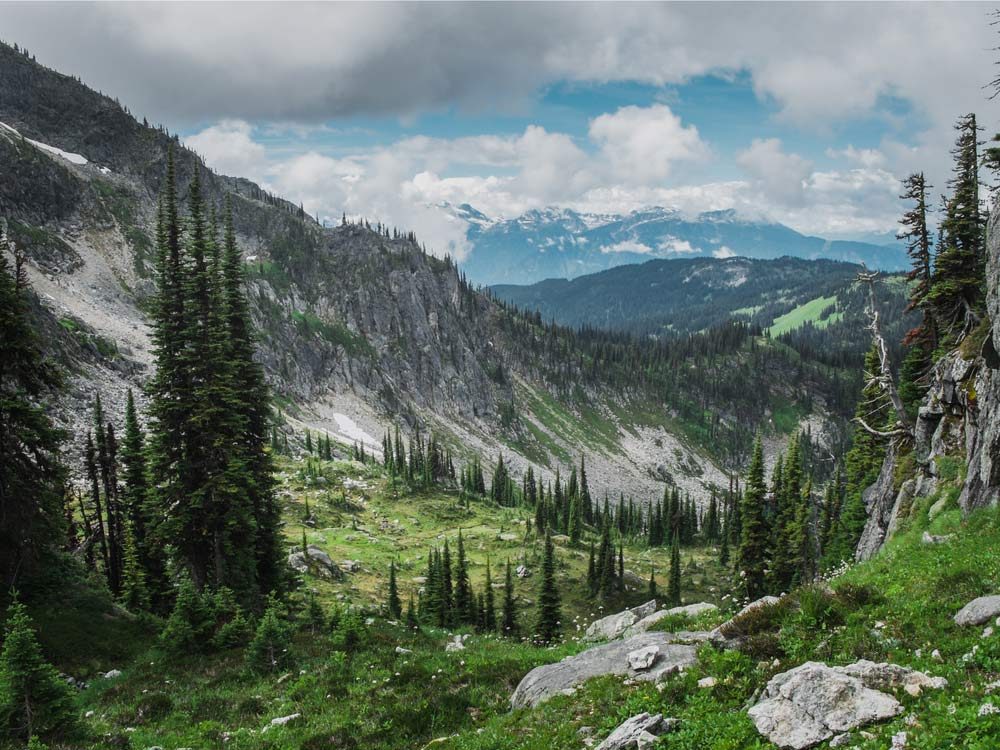
Mount Revelstoke National Park, British Columbia
You can find it all here: old-growth forests and ice-topped mountains. The Skunk Cabbage Boardwalk trail is considered a birder’s oasis.
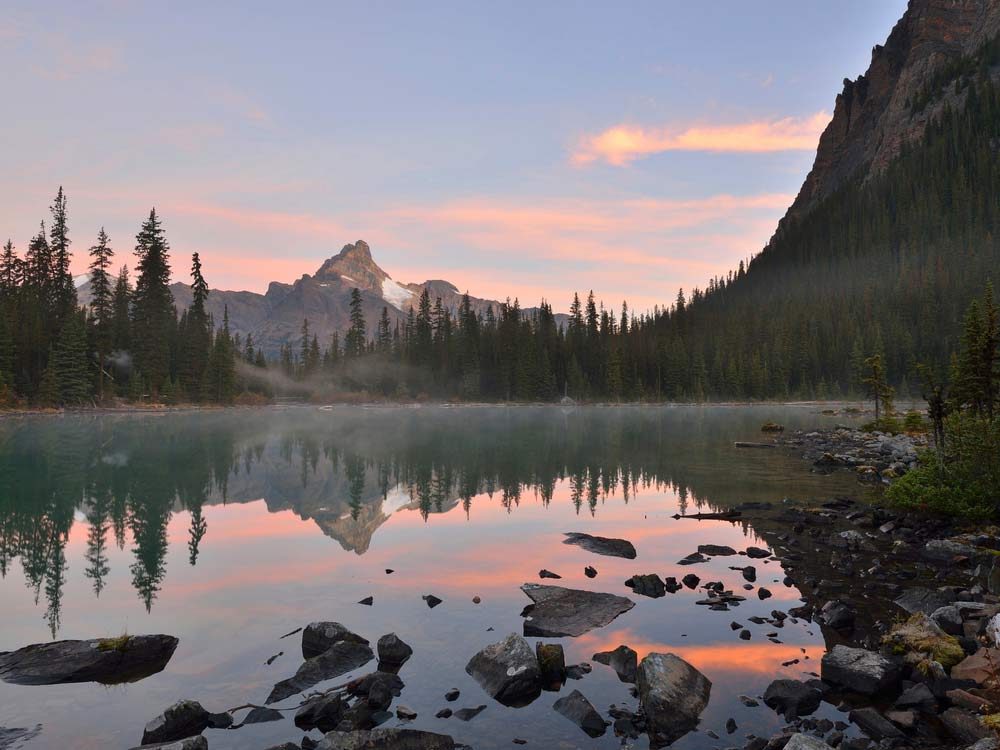
Yoho National Park, British Columbia
Yoho in Cree translates to an expression of awe and wonder. That’s what you’ll experience here, amongst the rock walls, waterfalls and mountain peaks.
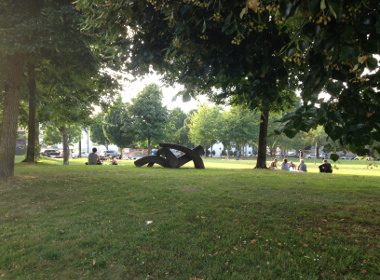
Guelph Park aka Dude Chilling, British Columbia
This park made headlines after a prankster erected an exact replica of a park sign with the words “Dude Chilling Park”, inspired by the reclining figure statue. Residents of the neighbourhood rallied to keep the sign, which is still there today.
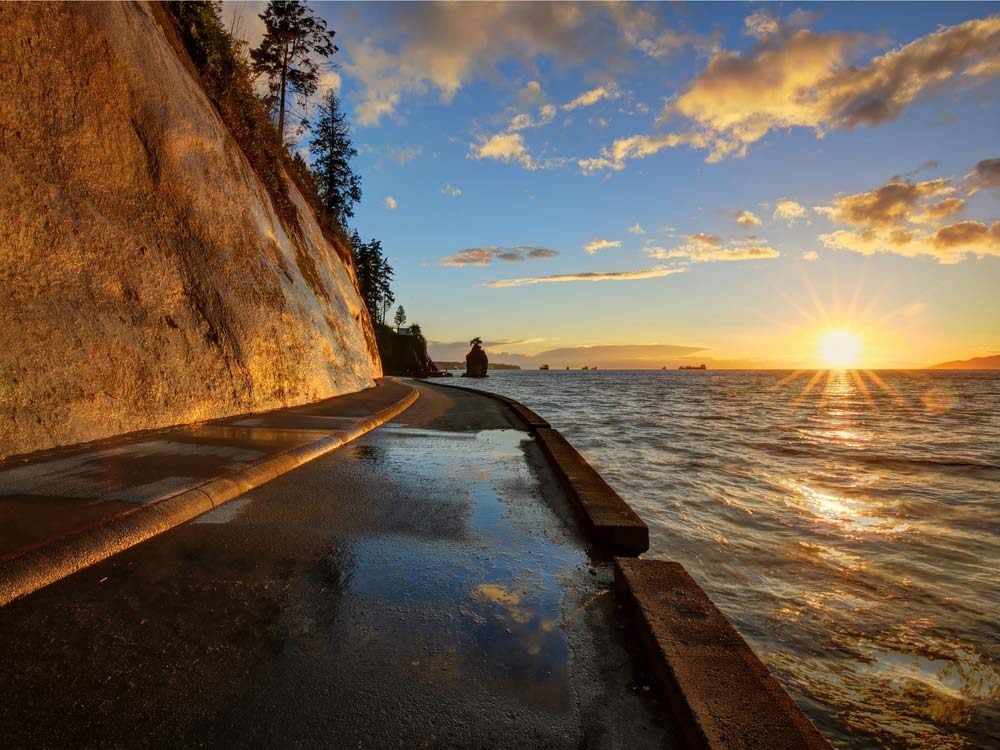
Stanley Park, British Columbia
Often called the jewel of Vancouver, Stanley Park is a paradise of bike paths, beaches, playgrounds and picturesque views.
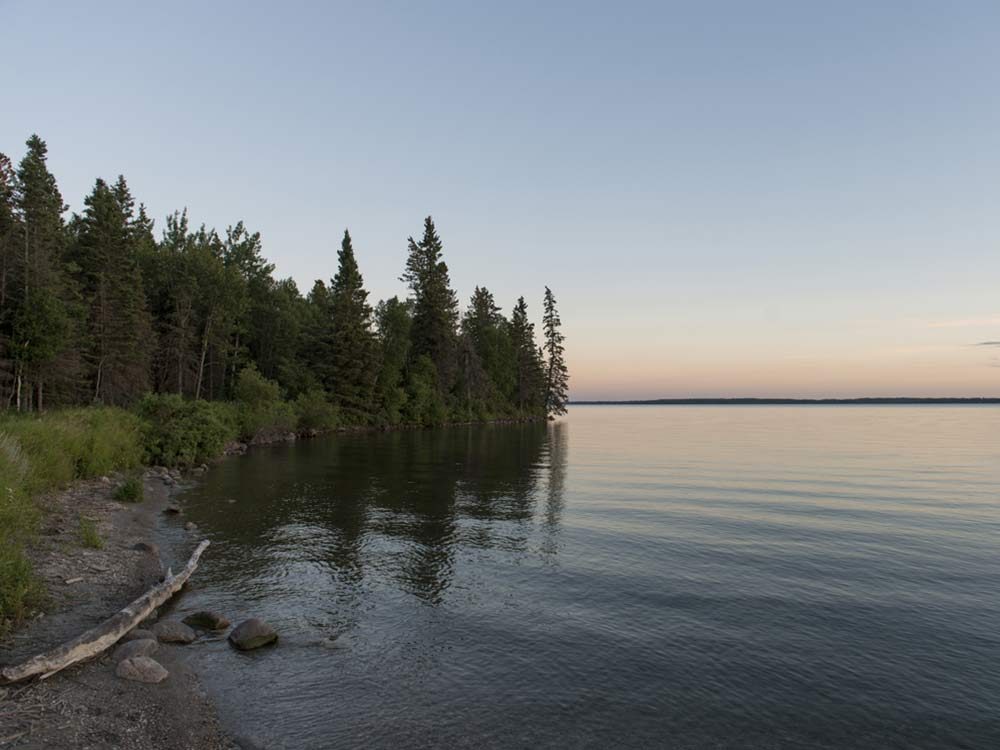
Riding Mountain National Park, Manitoba
The park‘s name is quite fitting, considering the extensive cycling adventures to be had around its sprawling and diverse terrain. Trails range from gentle to rugged.
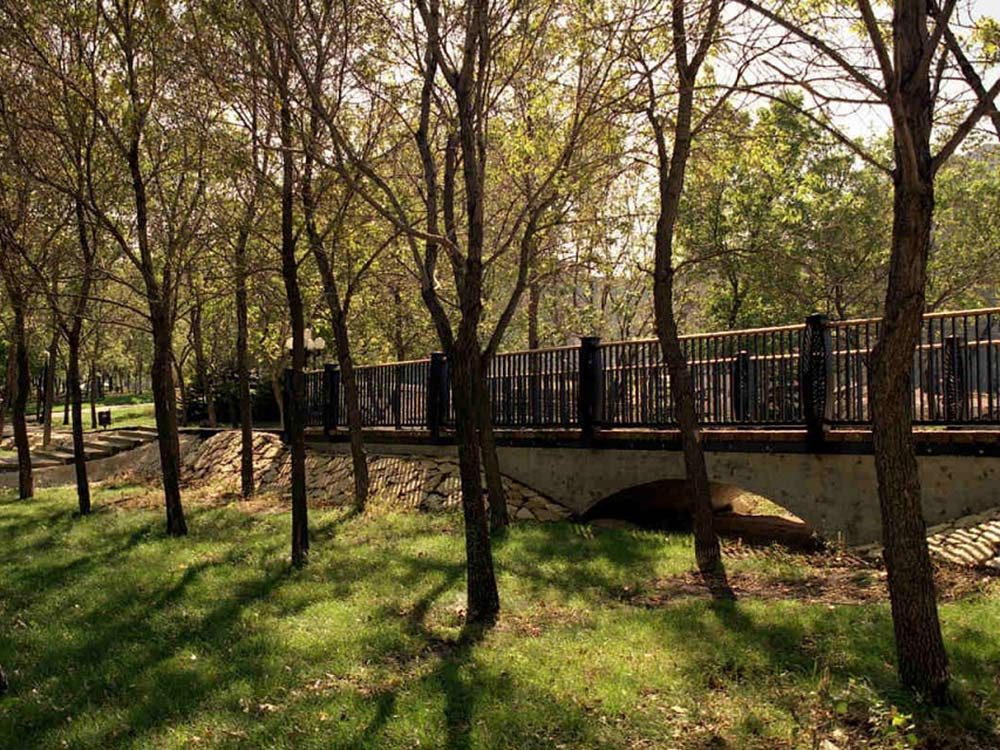
Stephen Juba Park, Manitoba
Situated right on the western bank of the Red River, this park was named after the former MLA and recipient of the Order of Canada. It offers city dwellers a serene break from the hustle and bustle.
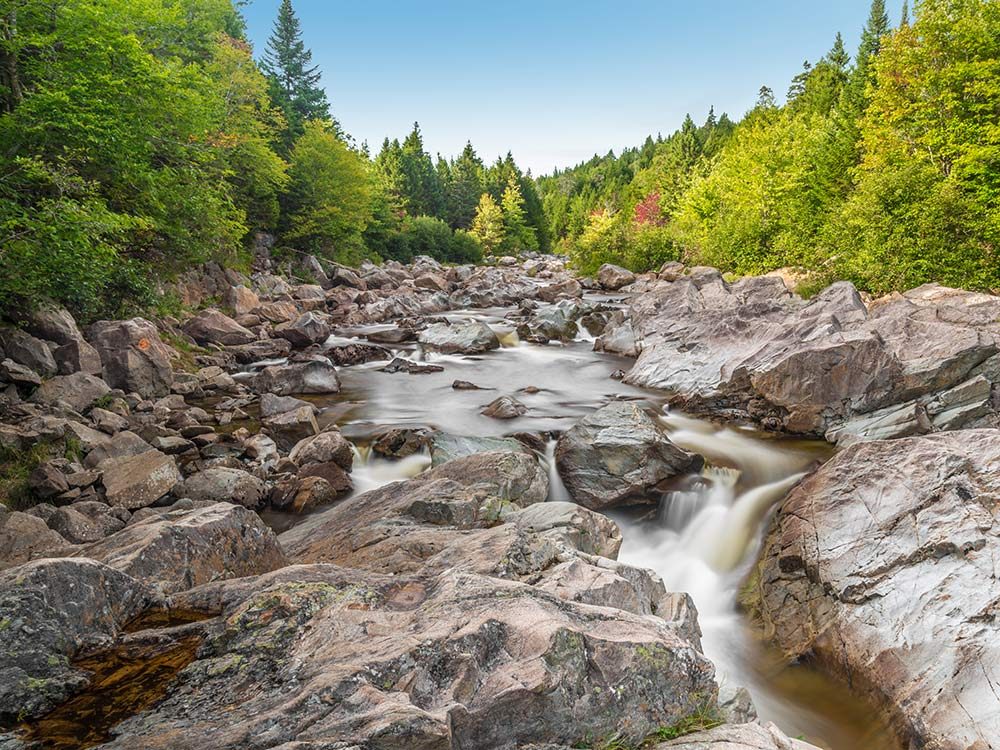
Fundy National Park, New Brunswick
Along with 120 km of trails that take you through cascading waterfalls and sparkling streams, this park is home to the world famous Bay of Fundy tides. With 100-billion tonnes of seawater gushing in and out of the bay twice a day, it makes them the highest tides in the world.
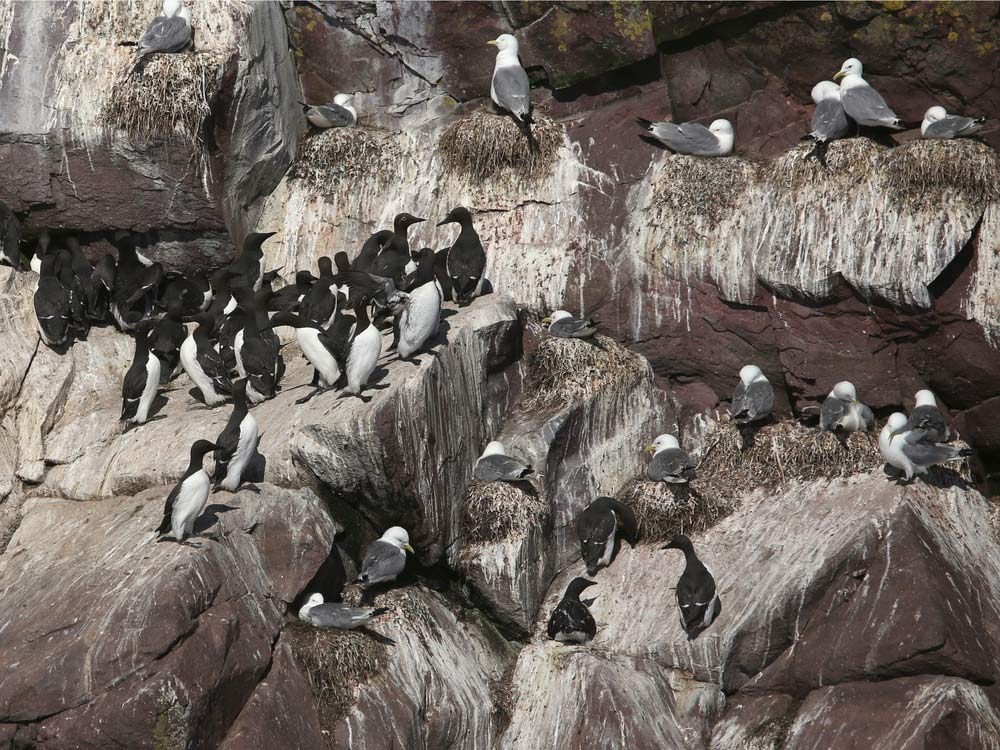
Cape St Mary’s Ecological Reserve, Newfoundland
Commonly known as “The Cape”, this park is considered to be one of the world’s most accessible places to watch nesting birds, which come in the thousands during breeding season.
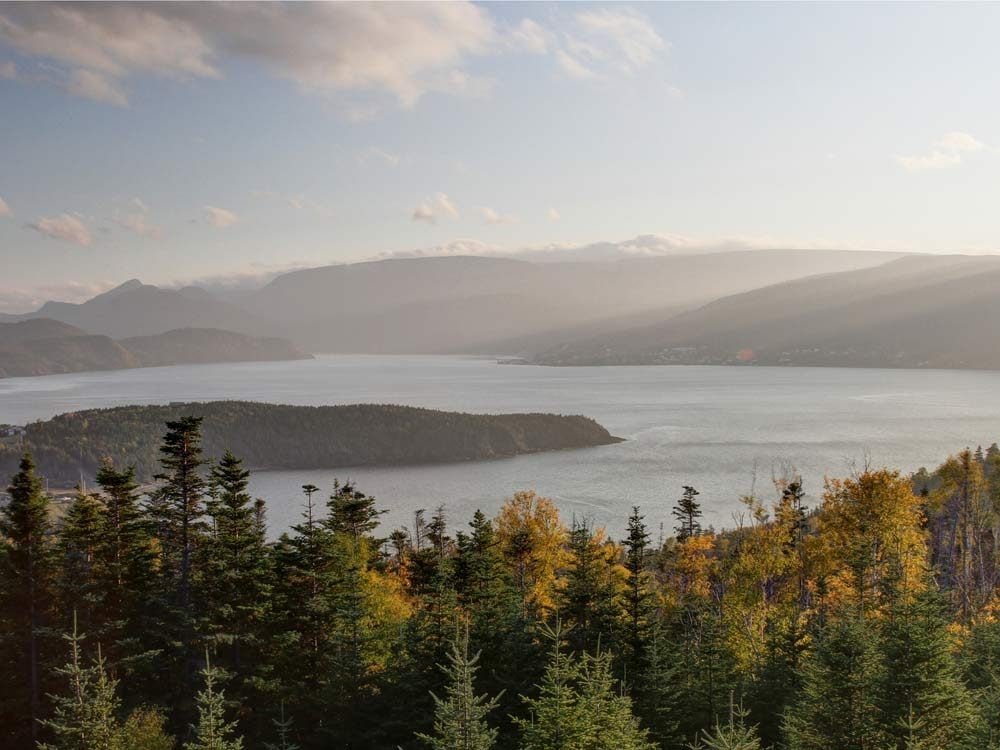
Gros Morne National Park, Newfoundland
Translated from French, the name of this world heritage site means “large mountain standing alone.” Its stunning rock formations were made famous by geologists Robert Stevens and Harold Williams.
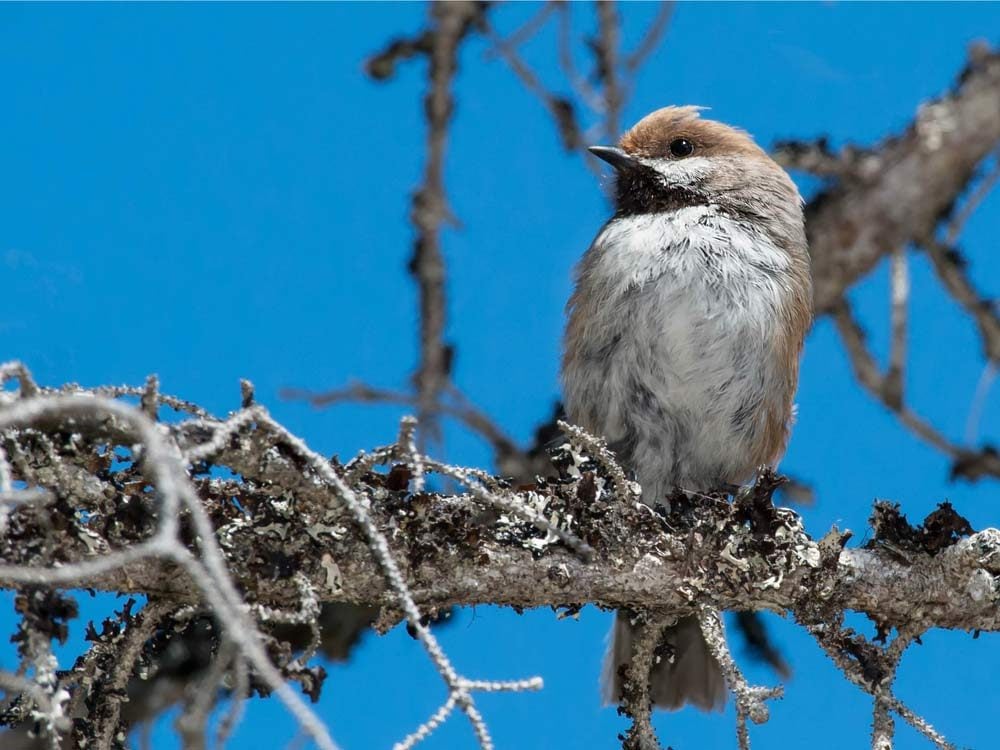
Terra Nova National Park, Newfoundland
Canada’s most eastern park offers such a diverse terrain that it allows visitors to paddle through icebergs and hike through forests.
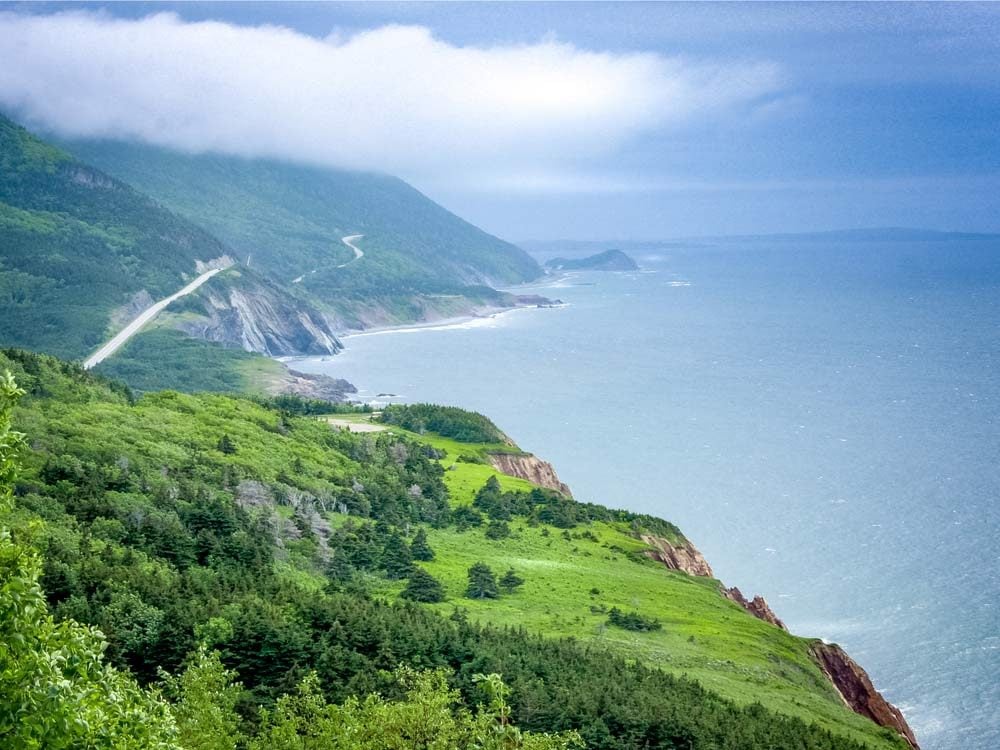
Cape Breton National Park, Nova Scotia
The unique melding of Acadian, Boreal and Taiga habitats is what makes this national park worth spending time in.
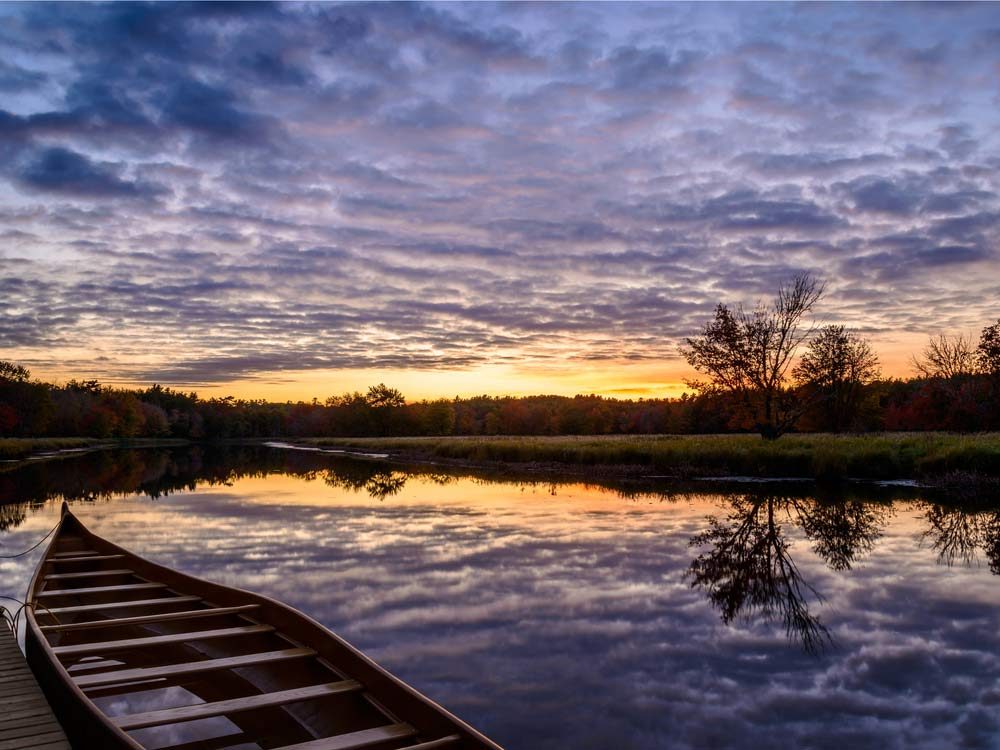
Kejimkujik National Park, Nova Scotia
You’ll find everything from white sand beach, warm lakes and even Mi’kmaw petroglyphs at this park.
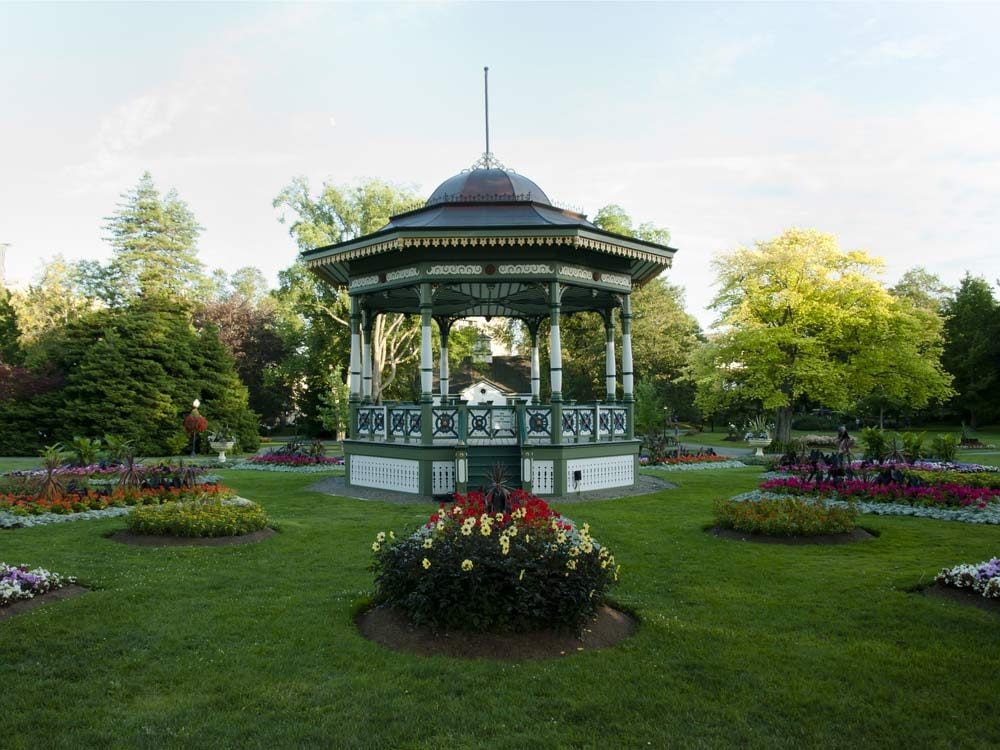
Halifax Public Gardens, Nova Scotia
These Victorian gardens were officially established in 1867, the year of Canadian Confederation. They’re also considered a National Historic Heritage site.
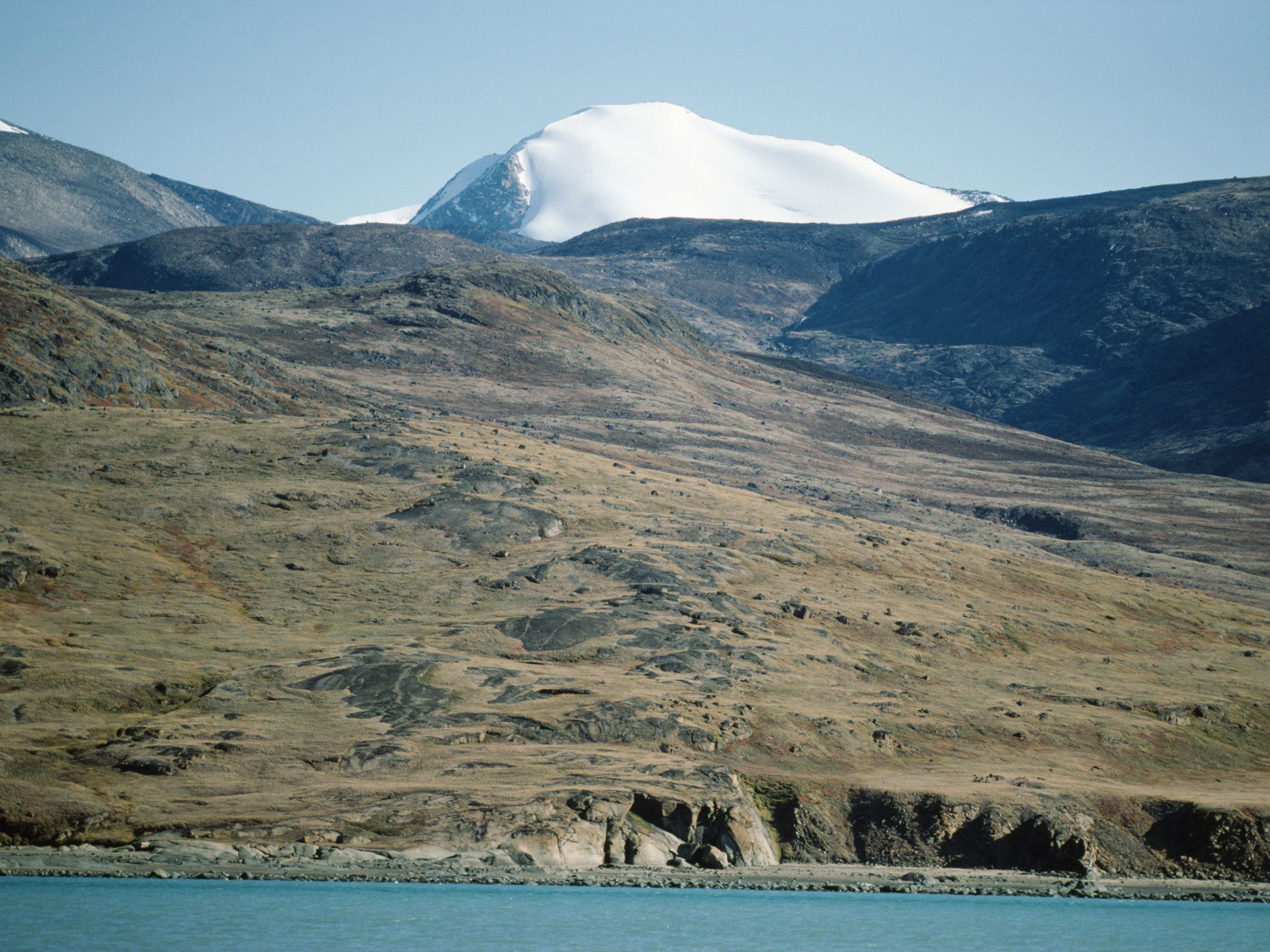
Auyuittuq National Park Reserve, Nunavut
“The land that never melts” is a fitting name for this park, thanks to its enormous glaciers. It’s also home to the Penny Ice Cap, the highest peak in the Canadian Shield.
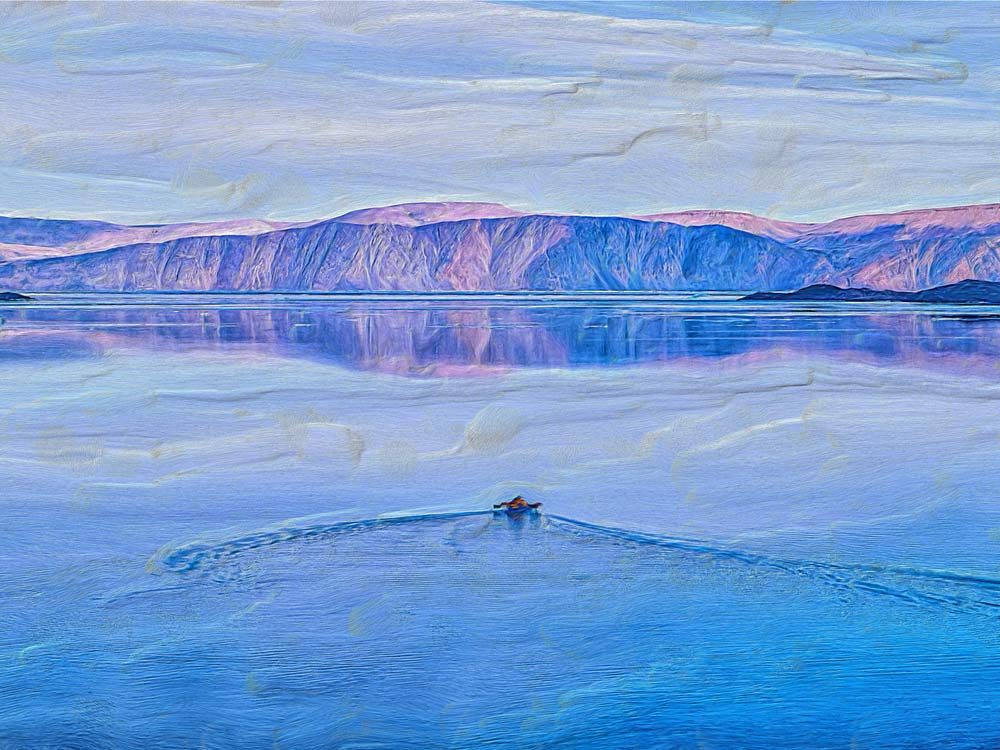
Ellesmere Island National Park, Nunavut
Considered to be one of the most remote areas of the country, this park requires visitors to attend an orientation session before entering. Once in, you can experience 24-hour daylight.
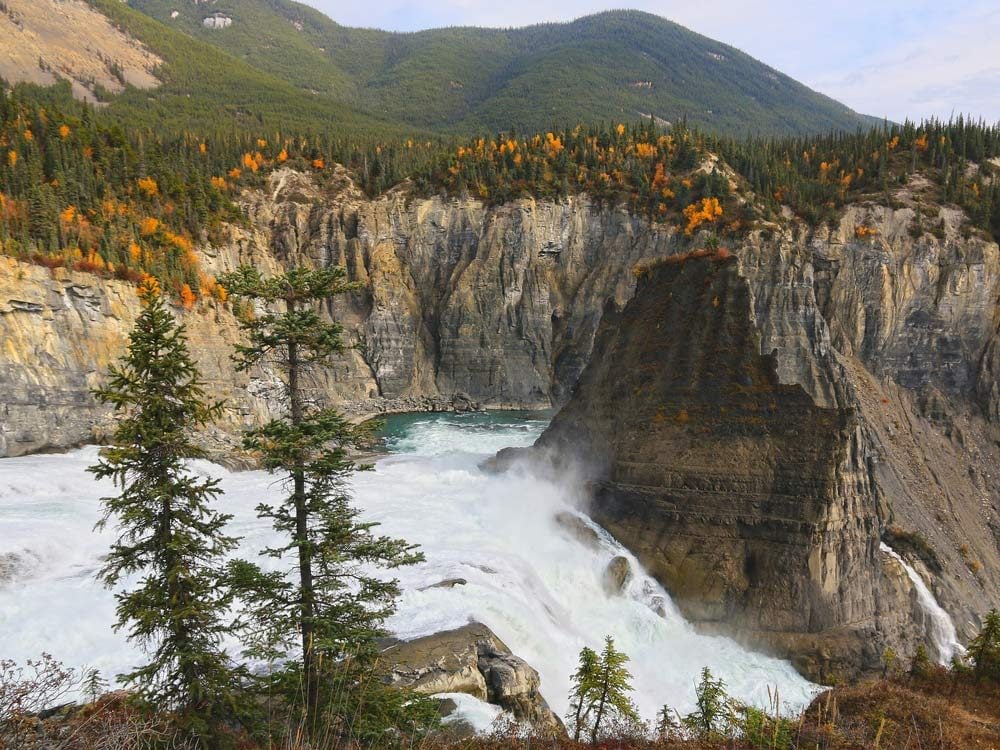
Nahanni National Park Reserve, Northwest Territories
Another UNESCO world heritage site, this park‘s geological make up is a true marvel. Elevations range from 180 m ASL (above sea level) at the eastern park boundary to a peak of 2640 m ASL.
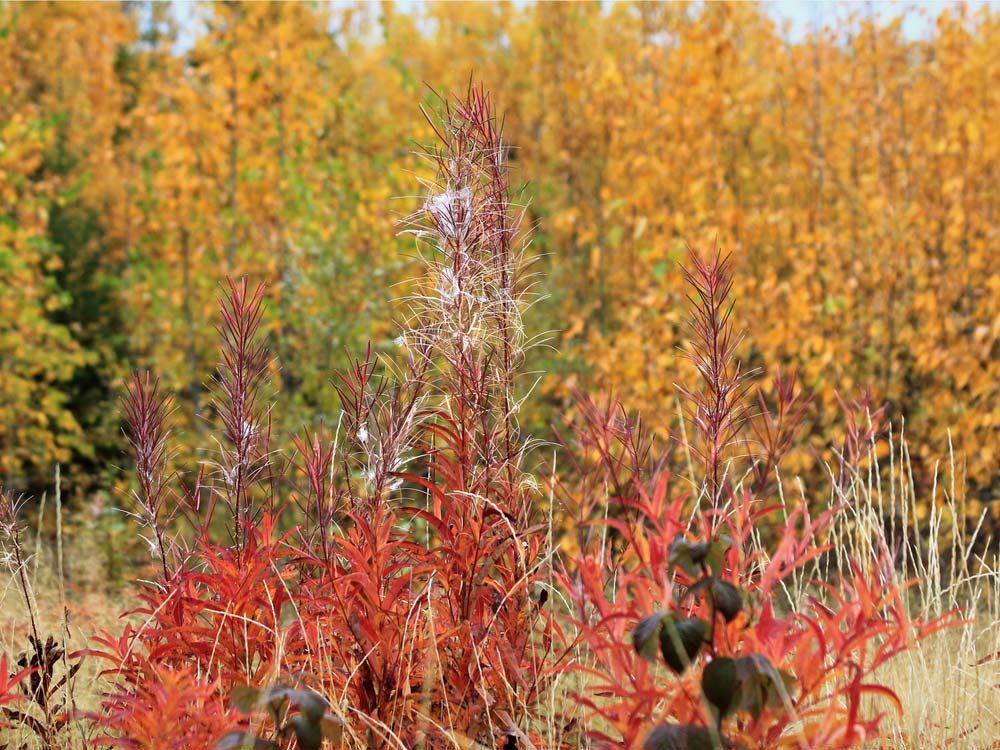
Tuktut Nogait National Park, Northwest Territories
The park came to being after the Inuit of Paulauk in this Territory lobbied to protect the breeding grounds of the Bluenose herd of caribou, an animal that’s deeply embedded in their way of life.
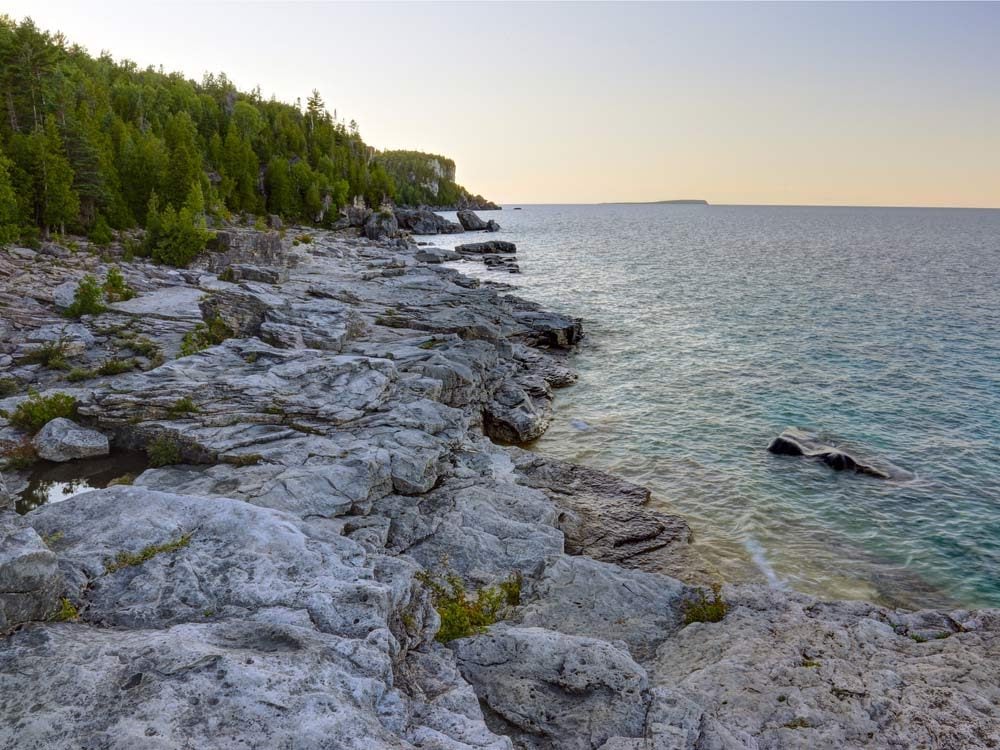
Bruce Peninsula National Park, Ontario
The diverse habitat that inhabits this park ranges from rare limestone barrens – also known as Alvars – to forests you’ve only read about in fairytales.
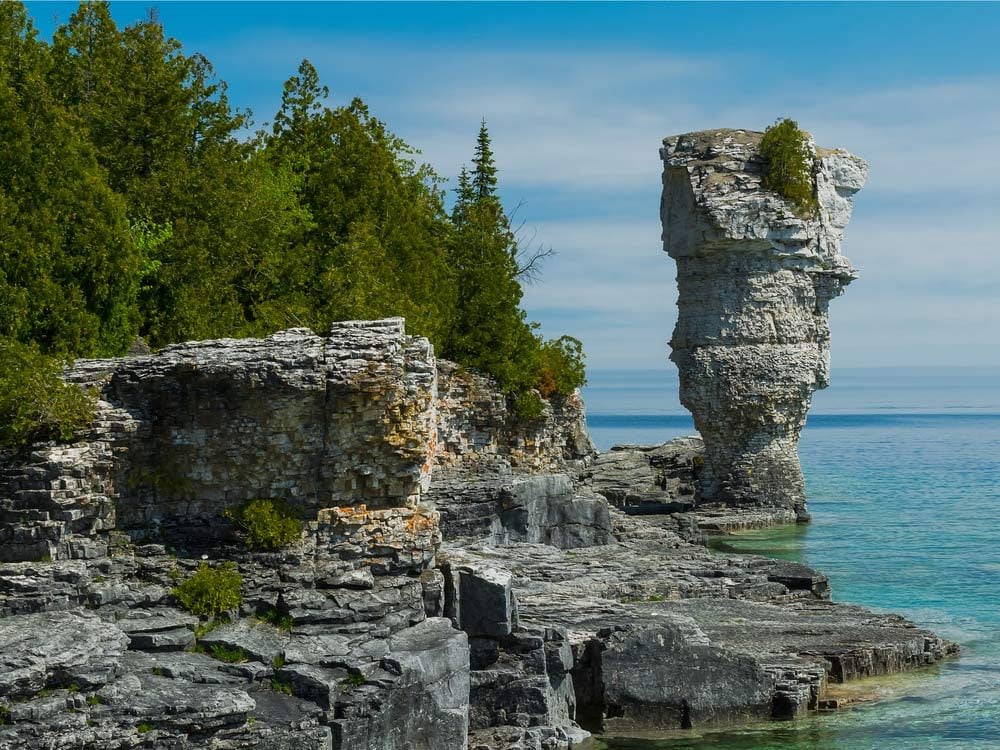
Fathom Five National Marine Park, Ontario
This park marks the first marine conservation area in Canada. Twenty-two shipwrecks and lighthouses are preserved within the grounds.
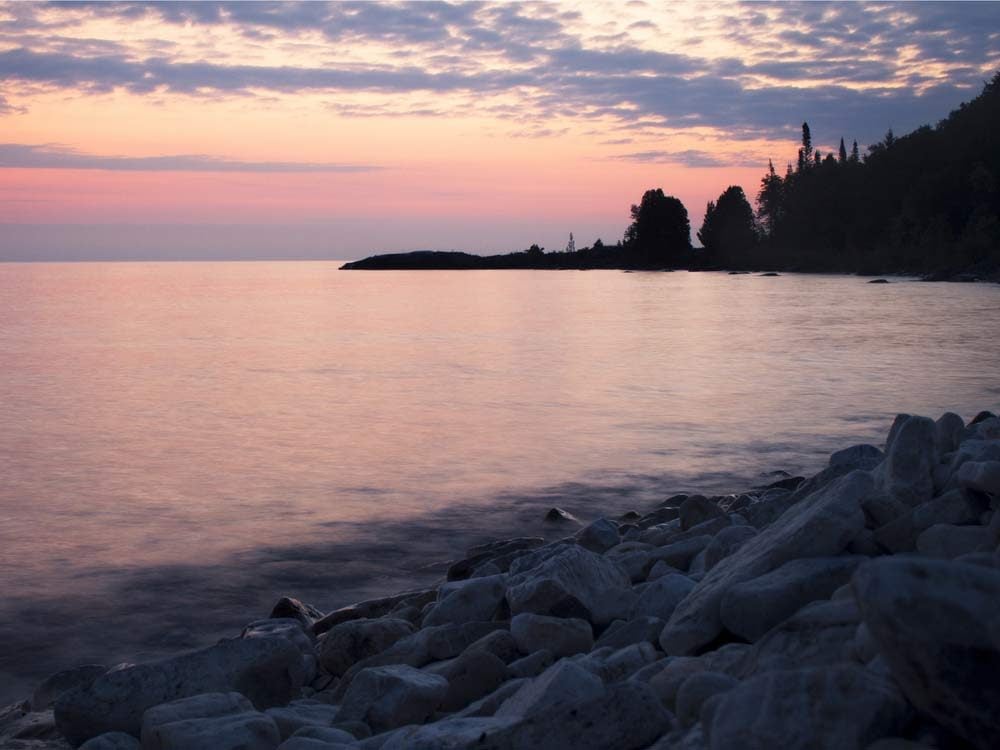
Georgian Bay Islands National Park, Ontario
Although it’s made up of 63 islands, only one offers services like docking facilities, outhouses, and picnic tables. It’s also a spot the Group of Seven would visit for inspiration.
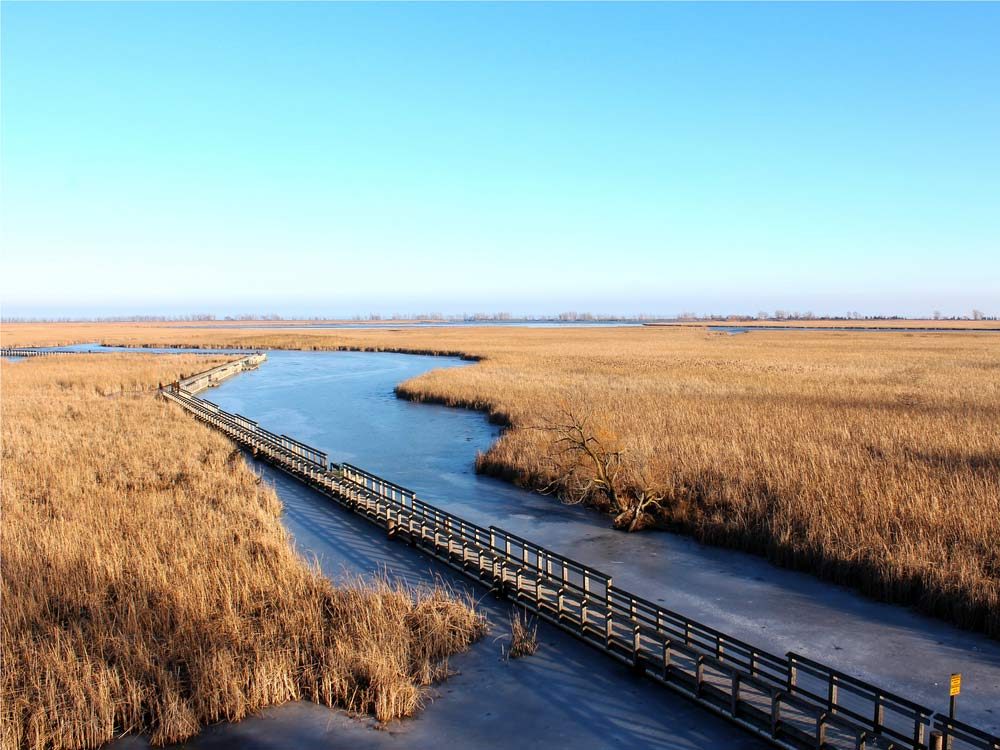
Point Pelee National Park, Ontario
Located on the same latitude as Rome and northern California, this park is known as one of the country’s greatest spots for bird watching.
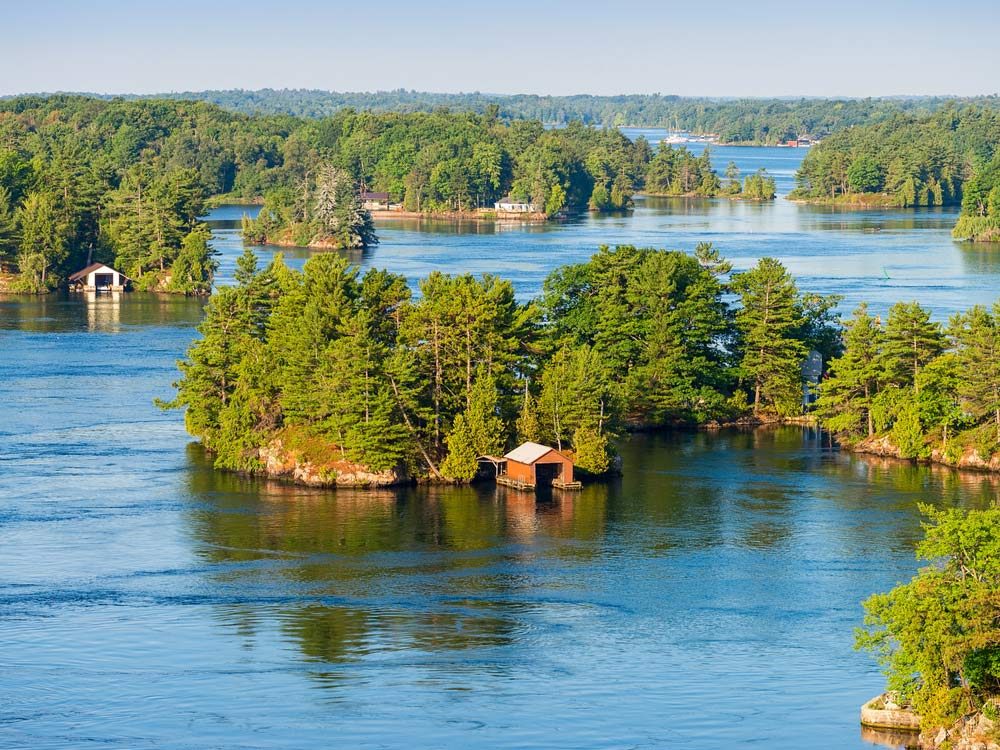
St. Lawrence Islands National Park, Ontario
A bridge stretching from the US to Canada crosses this park, which is made up of the 24 islands, 129 islets, and eight mainland tracts. Much of the park can only be accessed by boat.
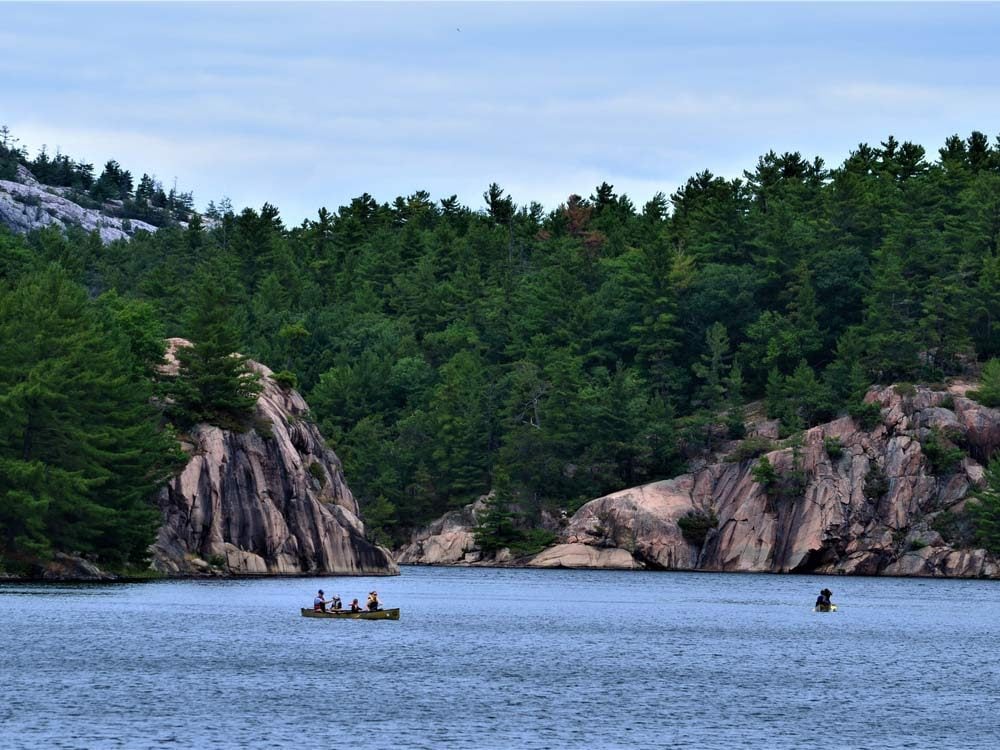
Killarney Provincial Park, Ontario
An iconic park that was another locale for the Group of Seven to regularly paint, Killarney is home to white quartzite terrain and more than 50 lakes.
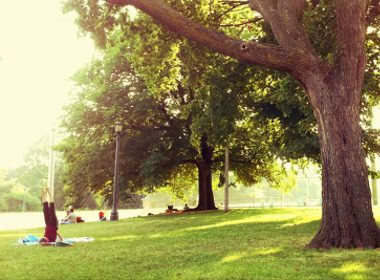
Trinity Bellwoods – Ontario
Located in the western part of Toronto‘s downtown core, TriBell, as the locals know it, is a magnet for sprawling hours-long hangouts, spontaneous yard sales and recreational sports like baseball and tennis.
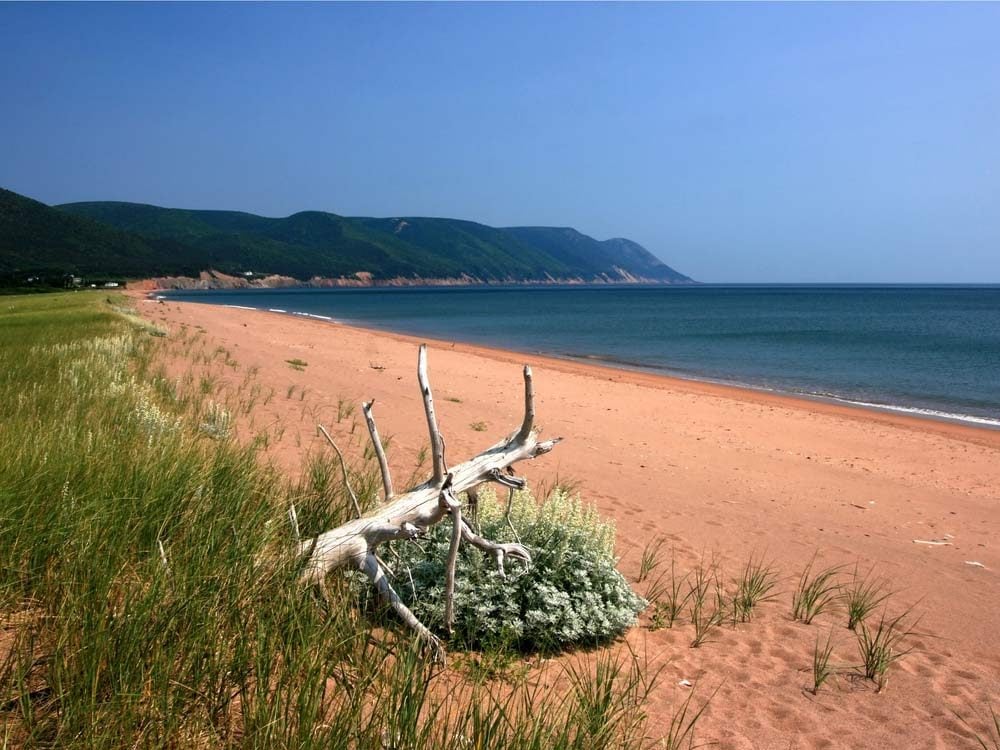
Cabot Beach Provincial Park, Prince Edward Island
The largest park in Western PEI is equipped with a playground and has a naturalist on hand to give guided tours.
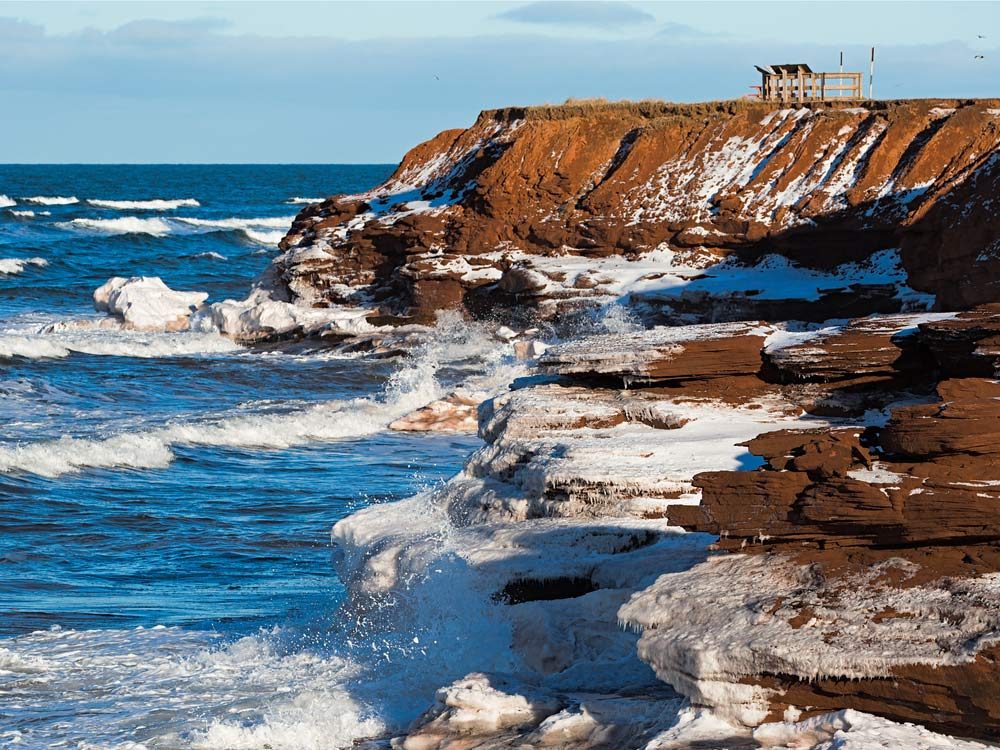
Prince Edward Island National Park, Prince Edward Island
Probably most famous for its dune system, this park‘s beaches are protected areas to allow breeding grounds for the endangered Piping Plover. It’s also home to Green Gables, a farm that inspired a certain famous book.
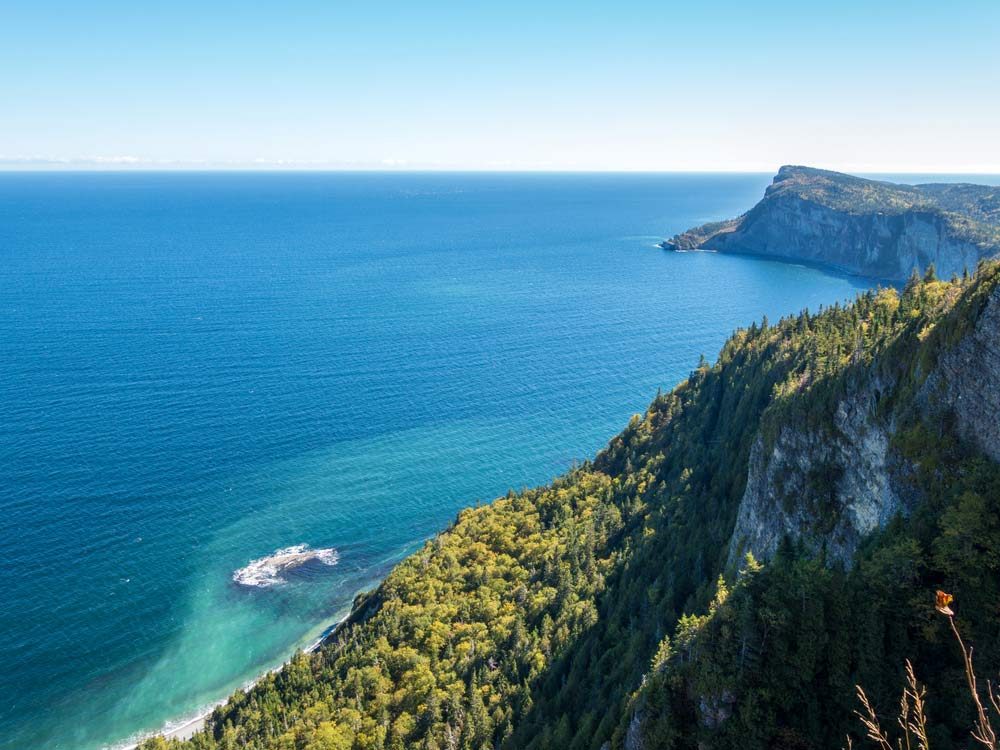
Forillon National Park, Quebec
From flat-topped mountains, pebble beaches and flower-speckled meadows, Forillion is the destination for those who want to escape to a world of scenic wonder.
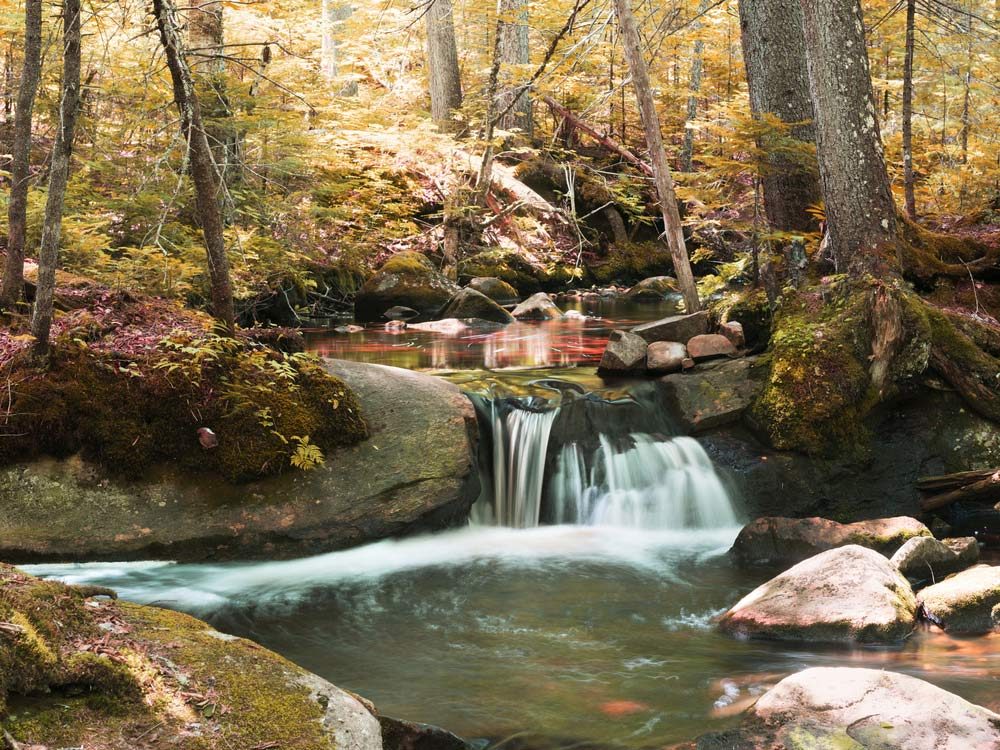
La Mauricie National Park, Quebec
Situated in the Laurentian mountain range, this park is a prime spot for those looking to get lost in the forest, or refresh by a lake.
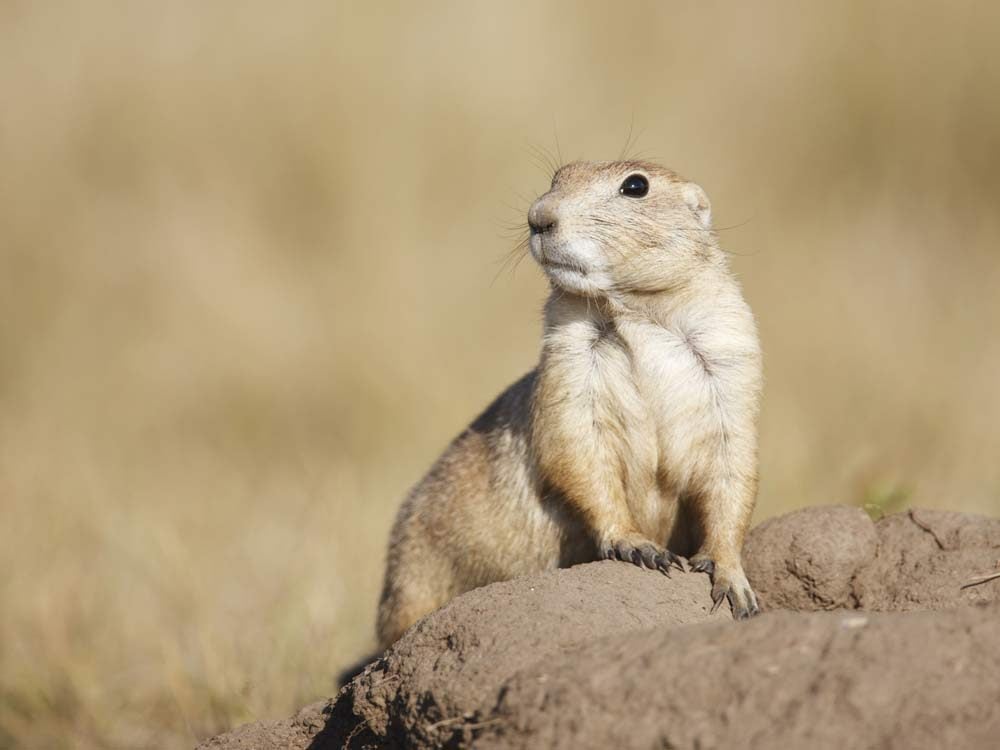
Grasslands National Park, Saskatchewan
Some of the last untouched prairie grasses can be found at this national park. Be sure to take in the black-tailed prairie dogs, as it’s the only place in Canada where these colonies are found in their natural habitat.
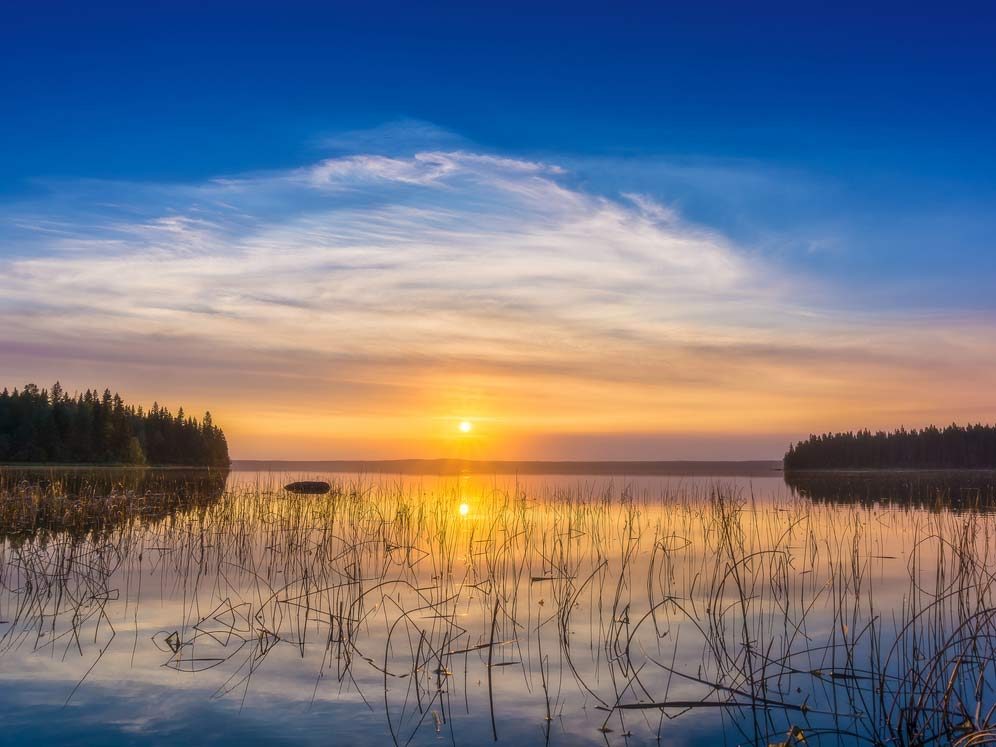
Prince Albert National Park, Saskatchewan
This year-round park offers both outdoor adventures and the comforts of a lakeside resort. Bison wander freely in the areas where fescue grassland can be found, so be on the lookout.

Fort Carlton Provincial Park, Saskatchewan
This park is seeped in history, as it is the original site of a Hudson’s Bay Company fur-trading post that operated between 1810 and 1885. Now, there’s a reconstructed area that takes you back to that time.
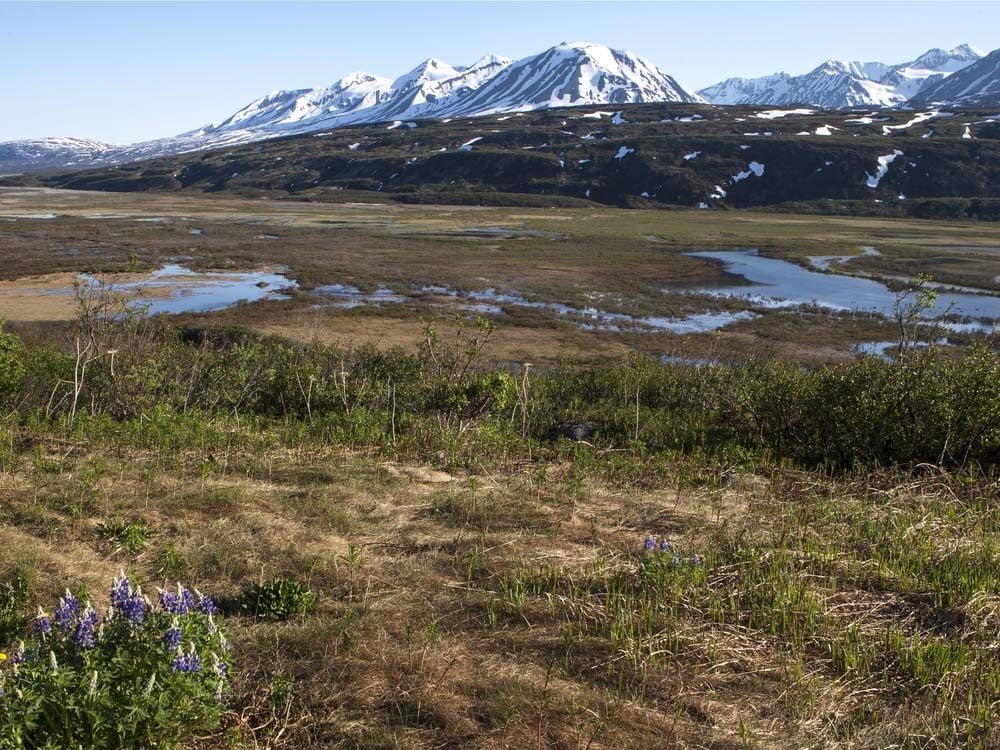
Ivvavik National Park, Yukon
The name of this park translates to “a place for giving birth, a nursery”, which is fitting. It’s the first national park in Canada devised as a result of an aboriginal land claim agreement.
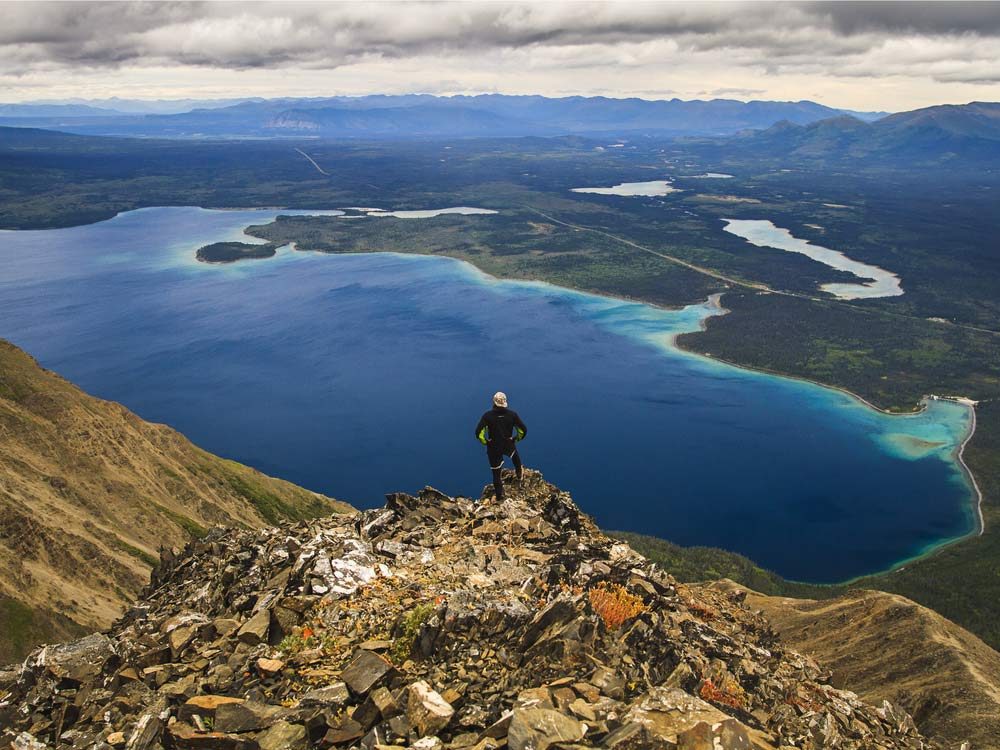
Kluane National Park, Yukon
With terrain ranging from ice fields to lush valleys, there’s bound to be something for every explorer in this park. It’s home to Mt. Logan, Canada’s highest peak.
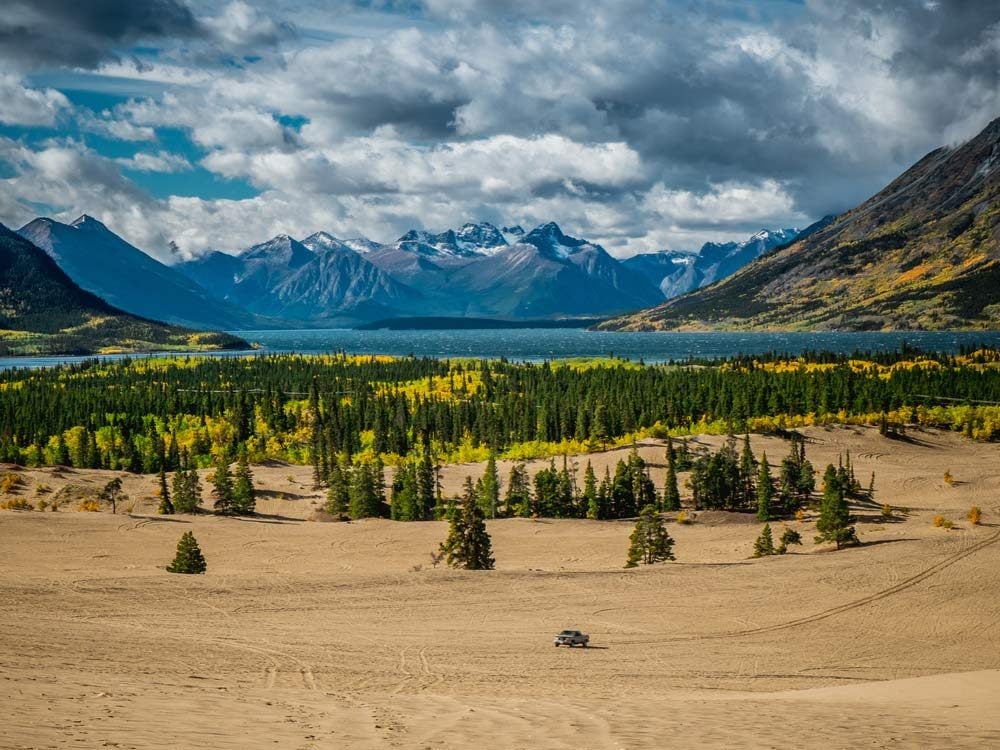
Carcross Desert, Yukon
Often called the smallest desert in the world, the dunes here are frequently used for sandboarding.
